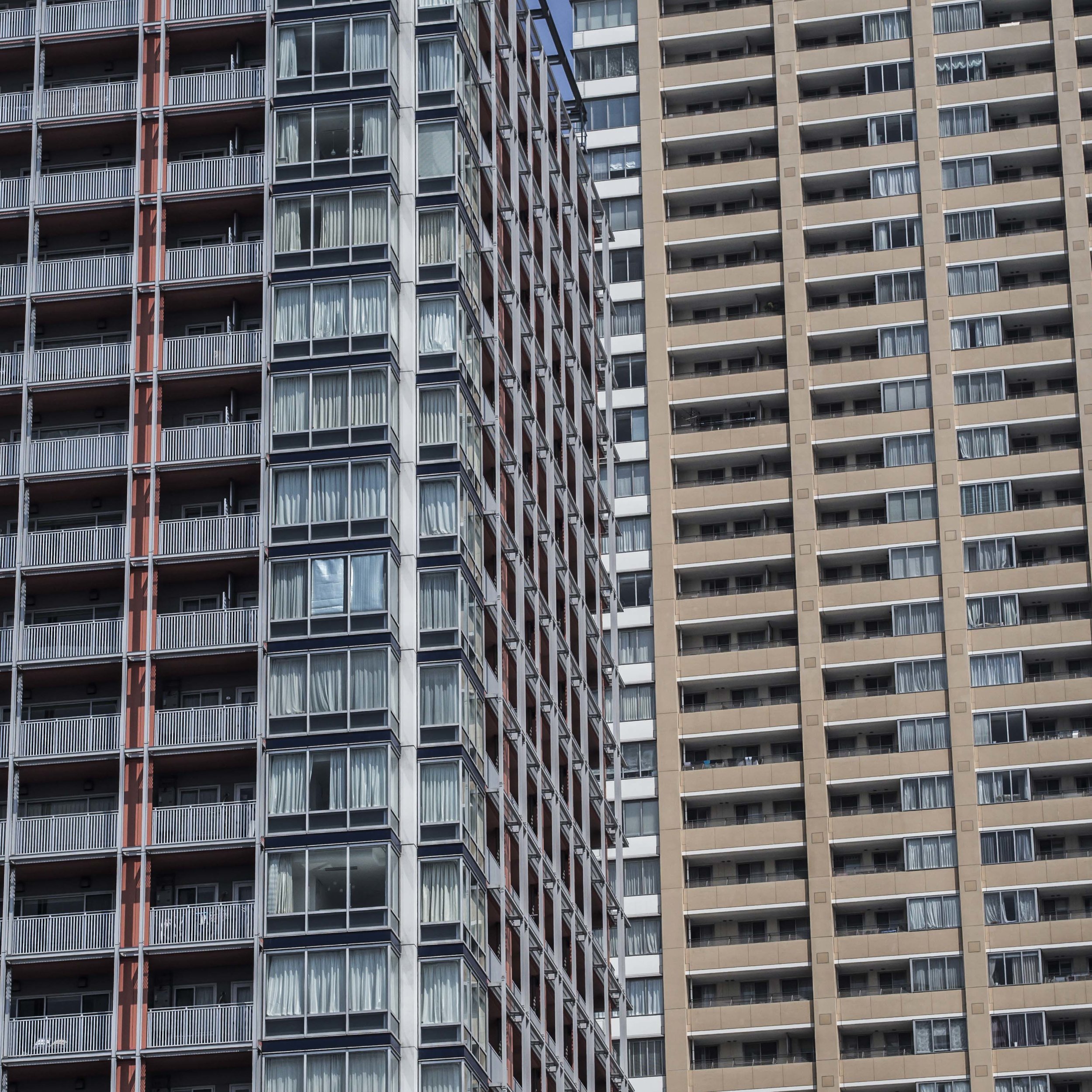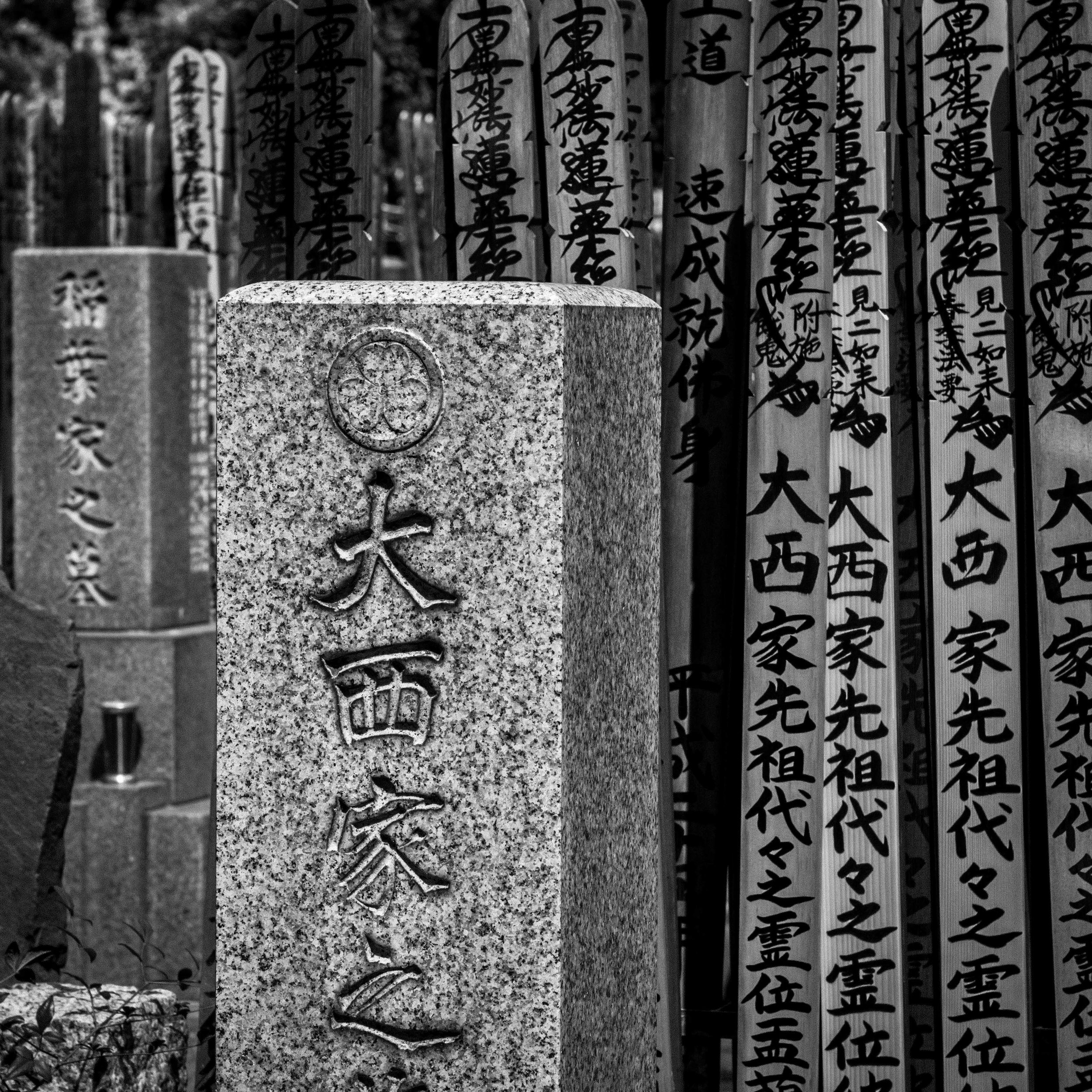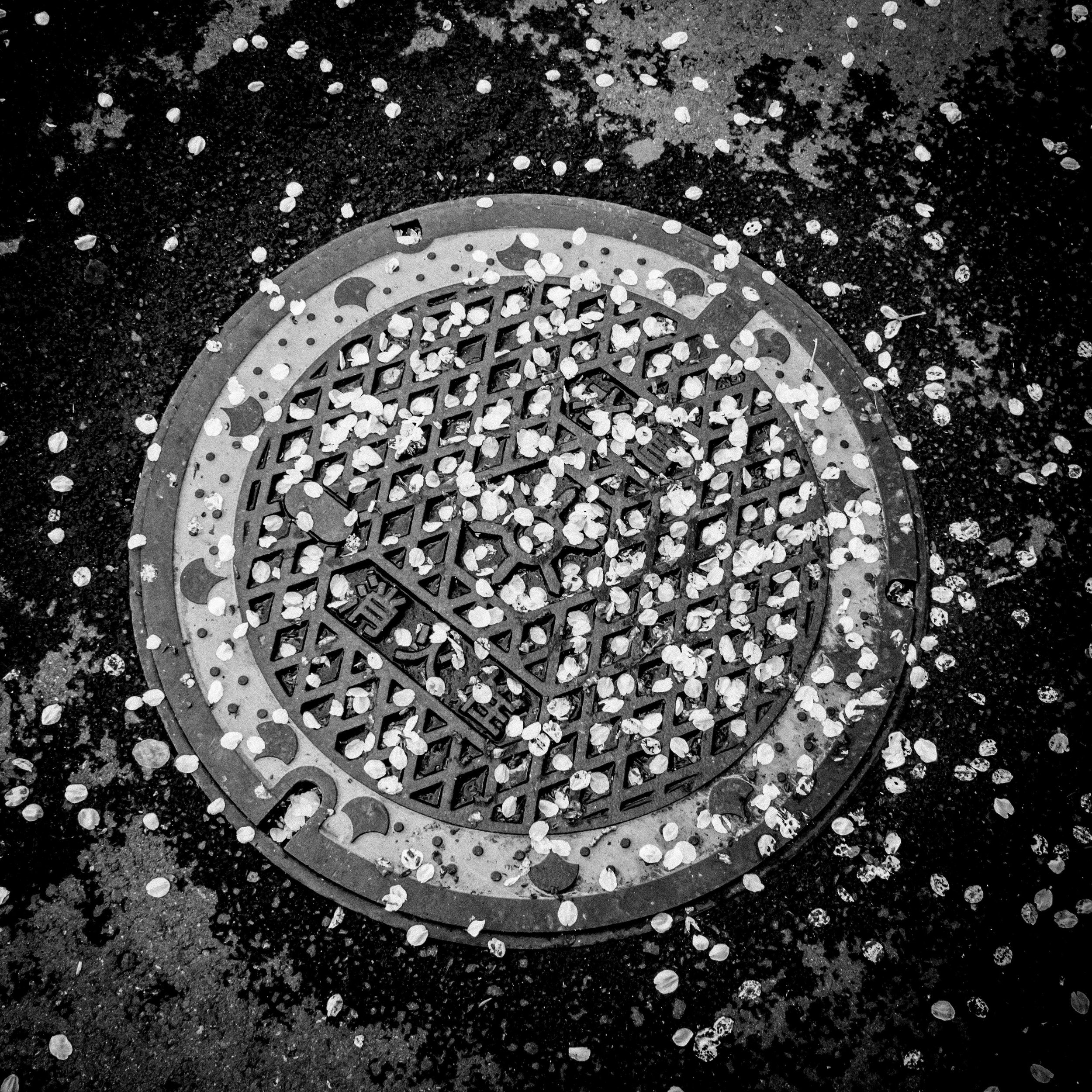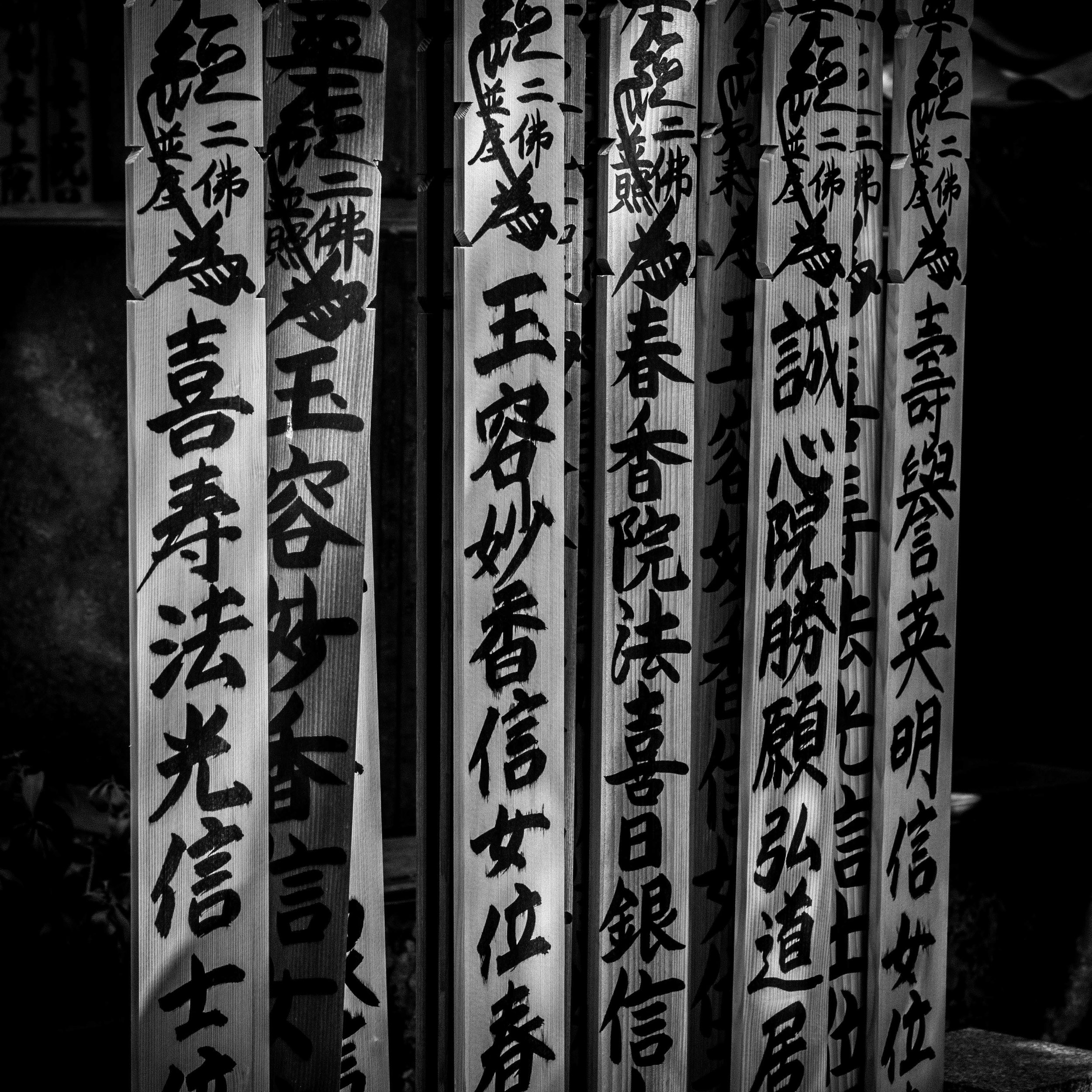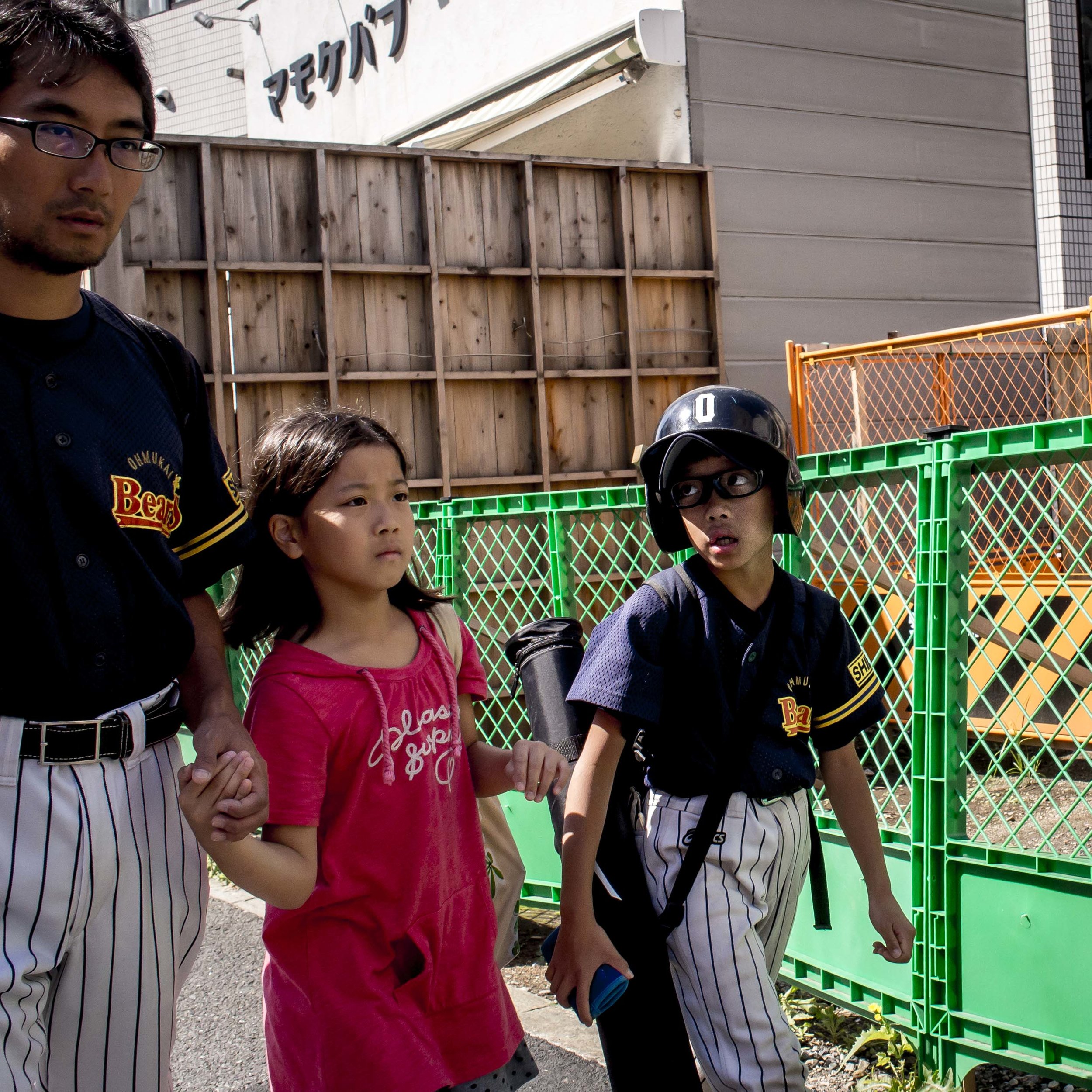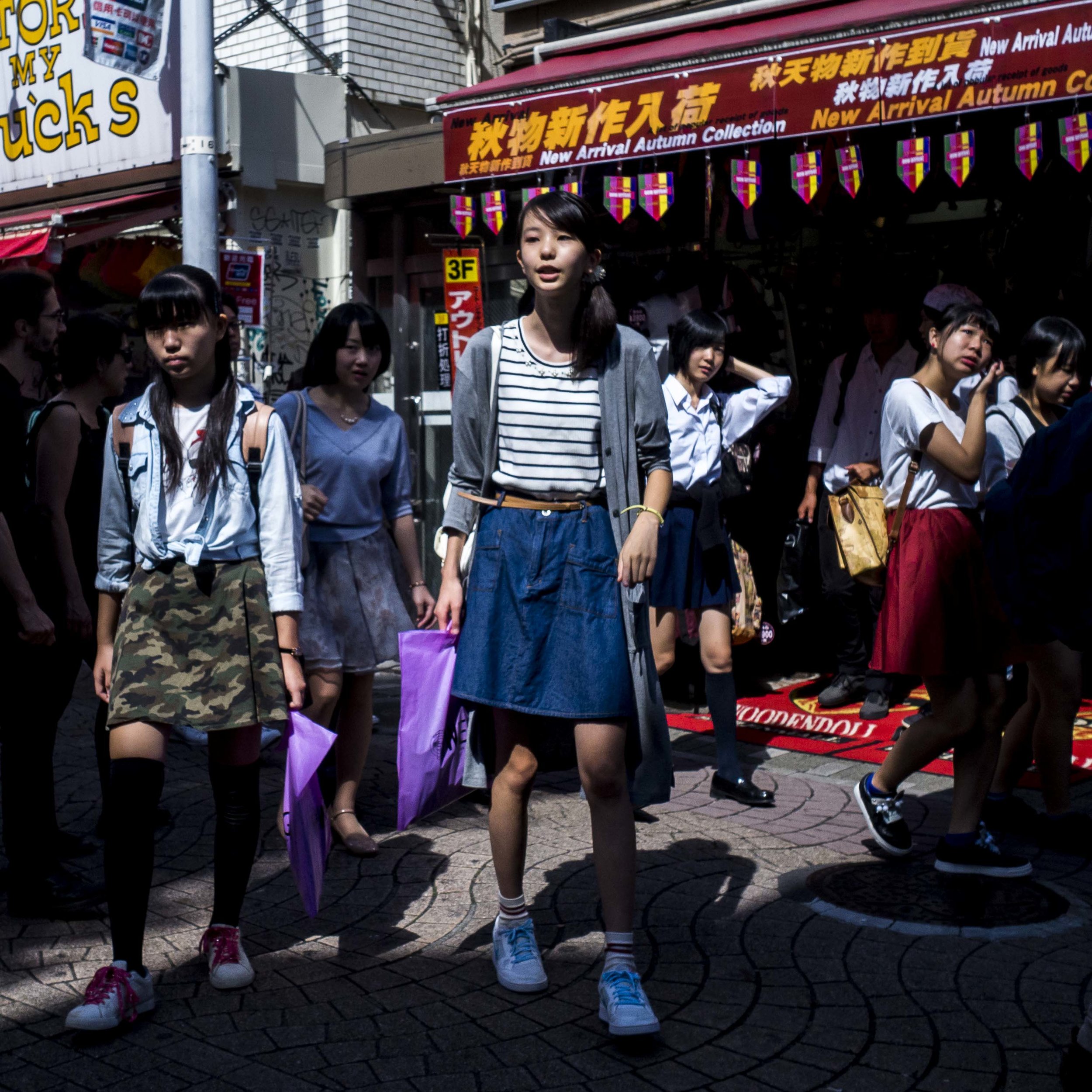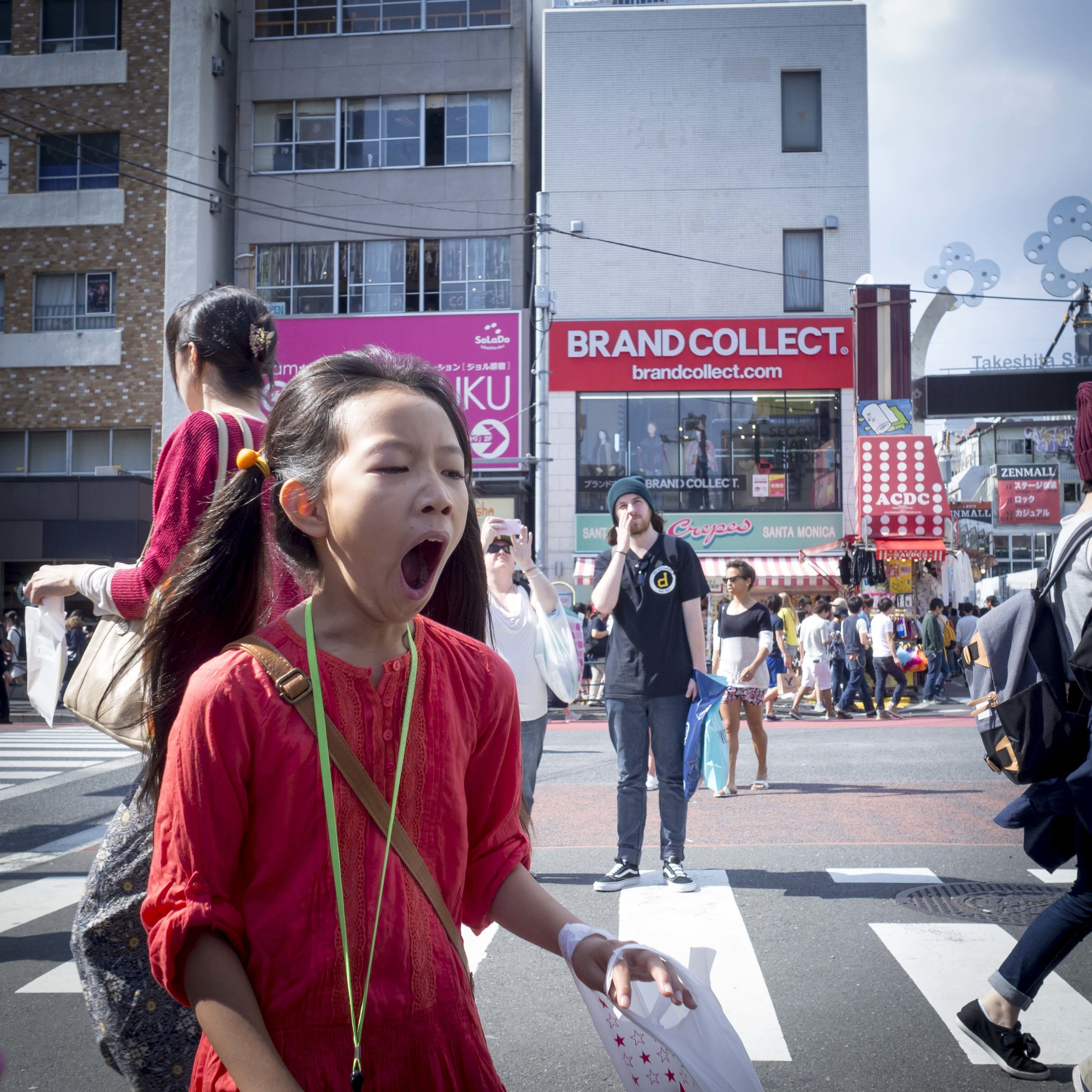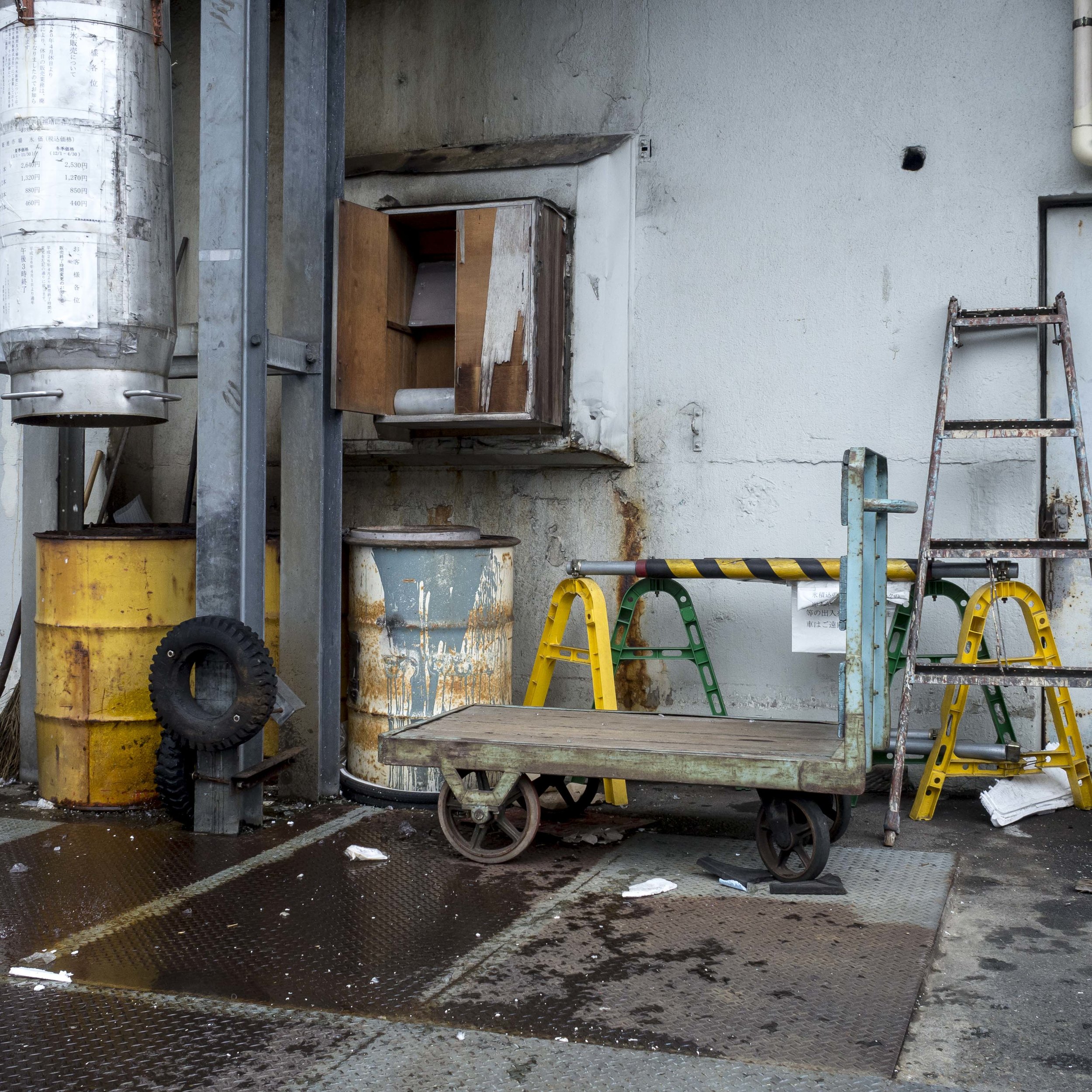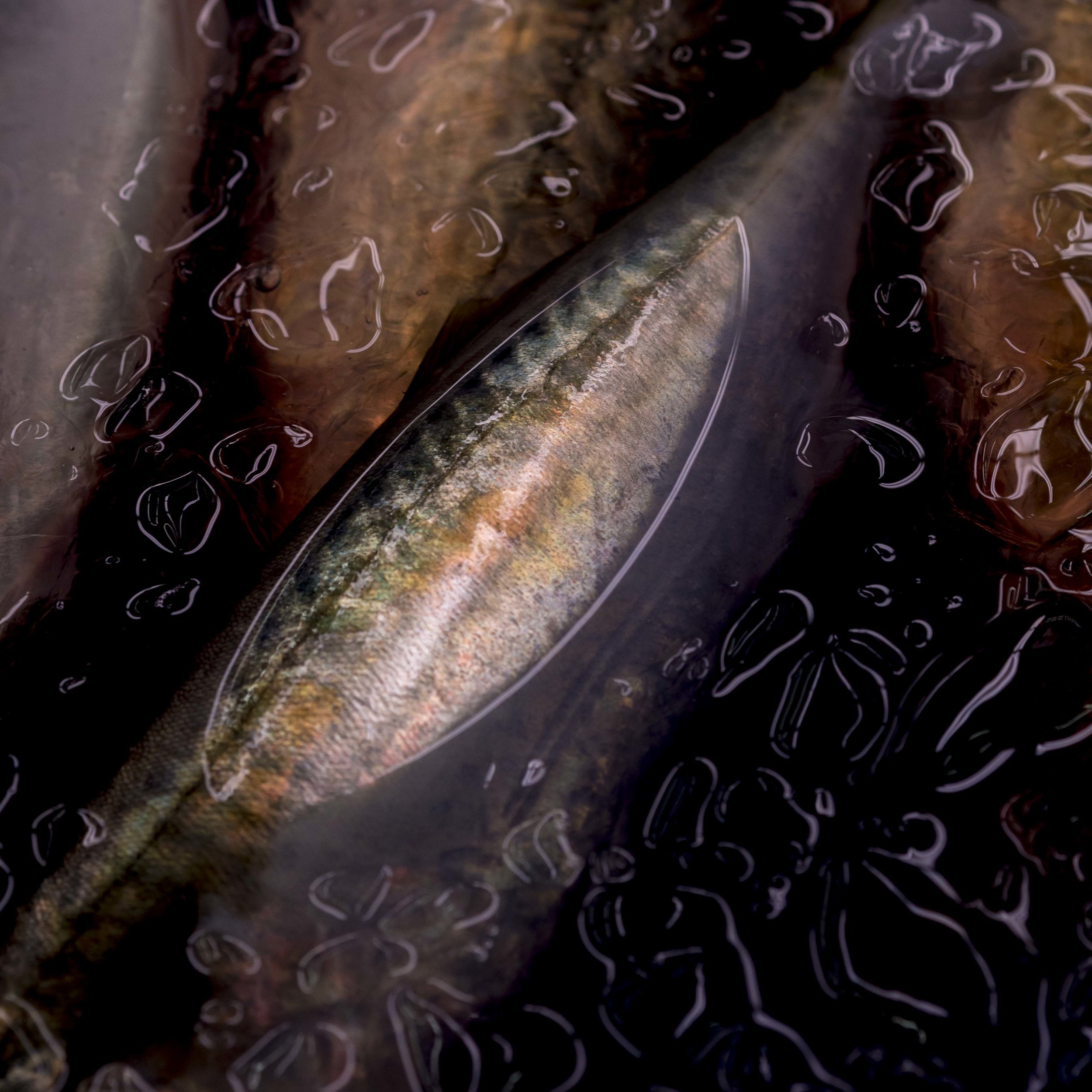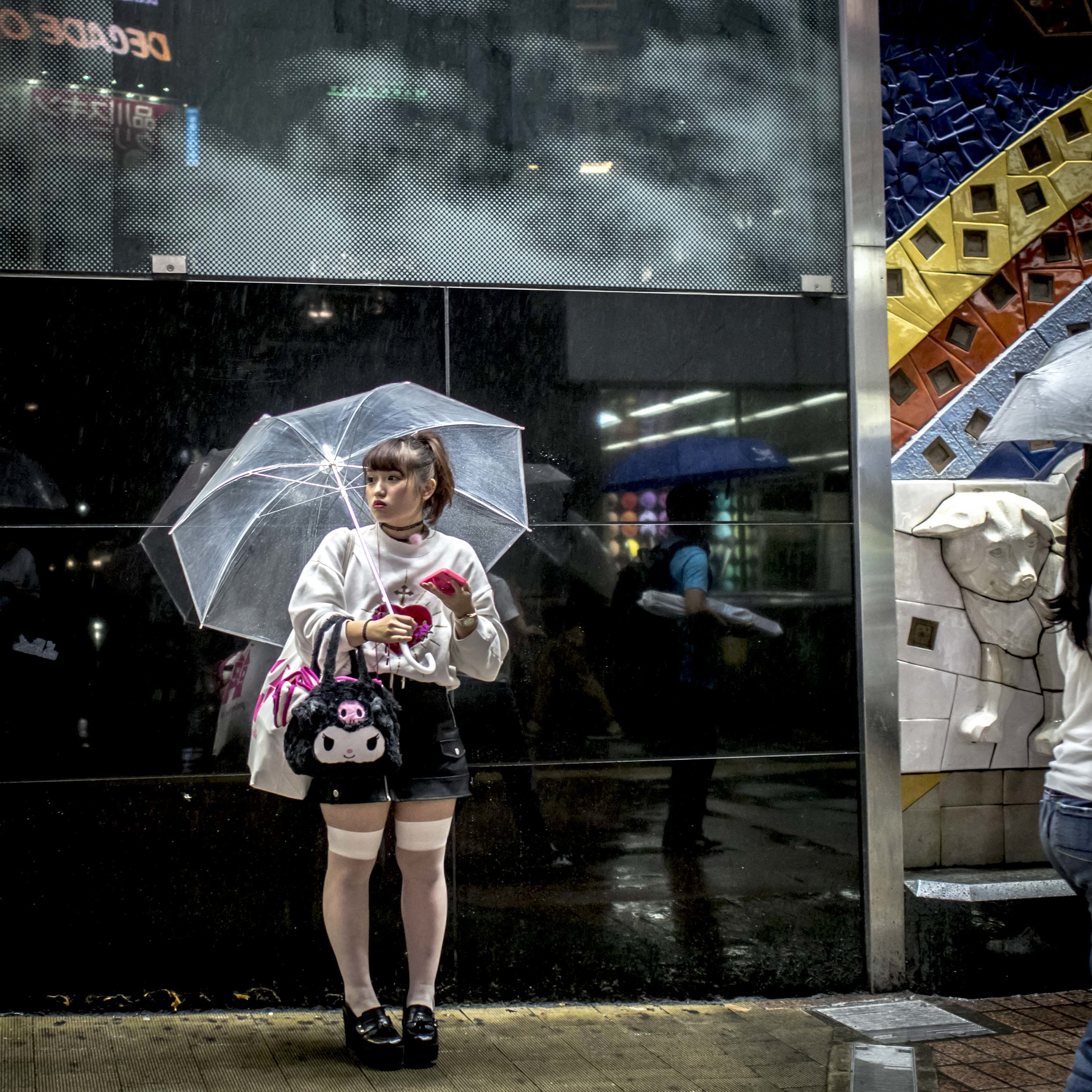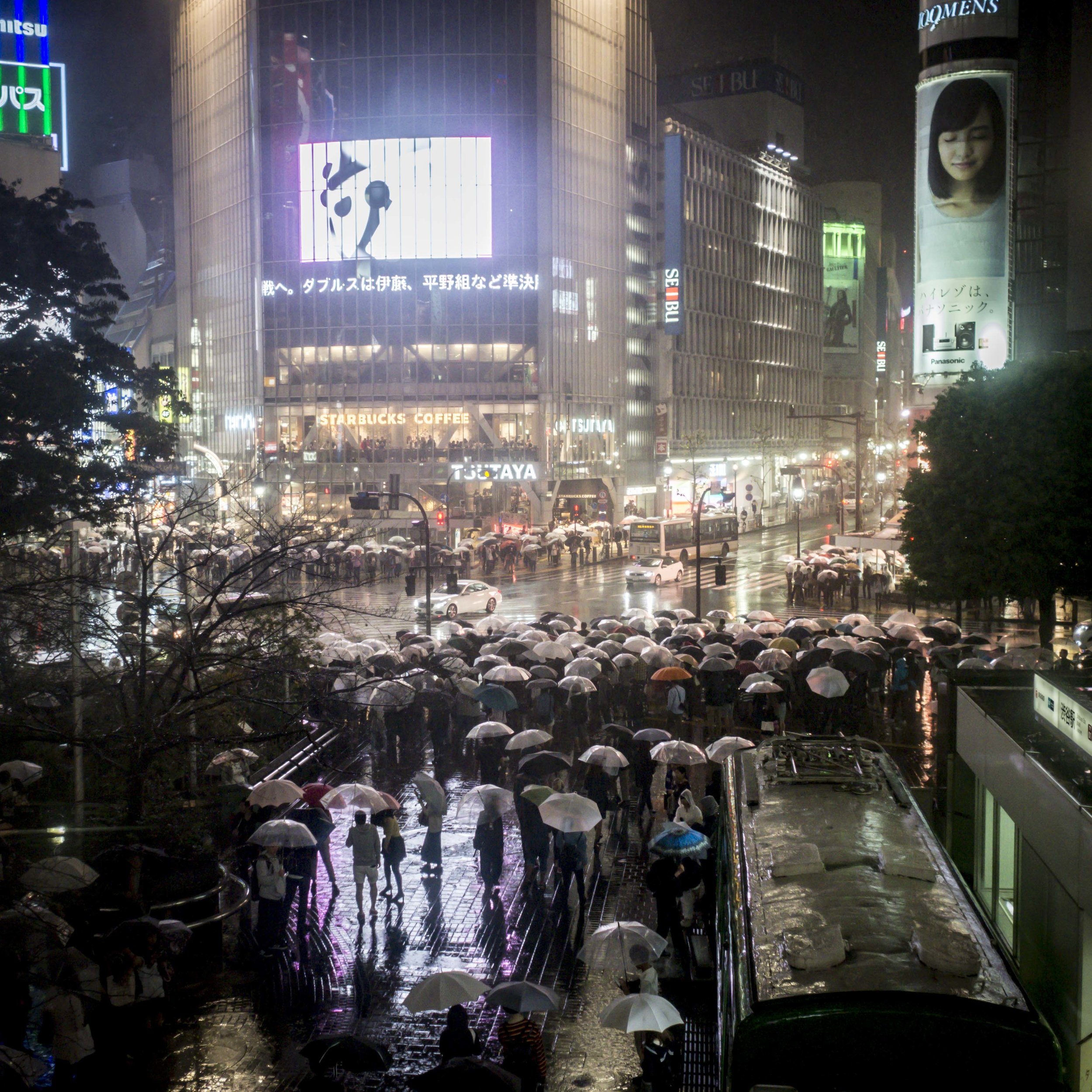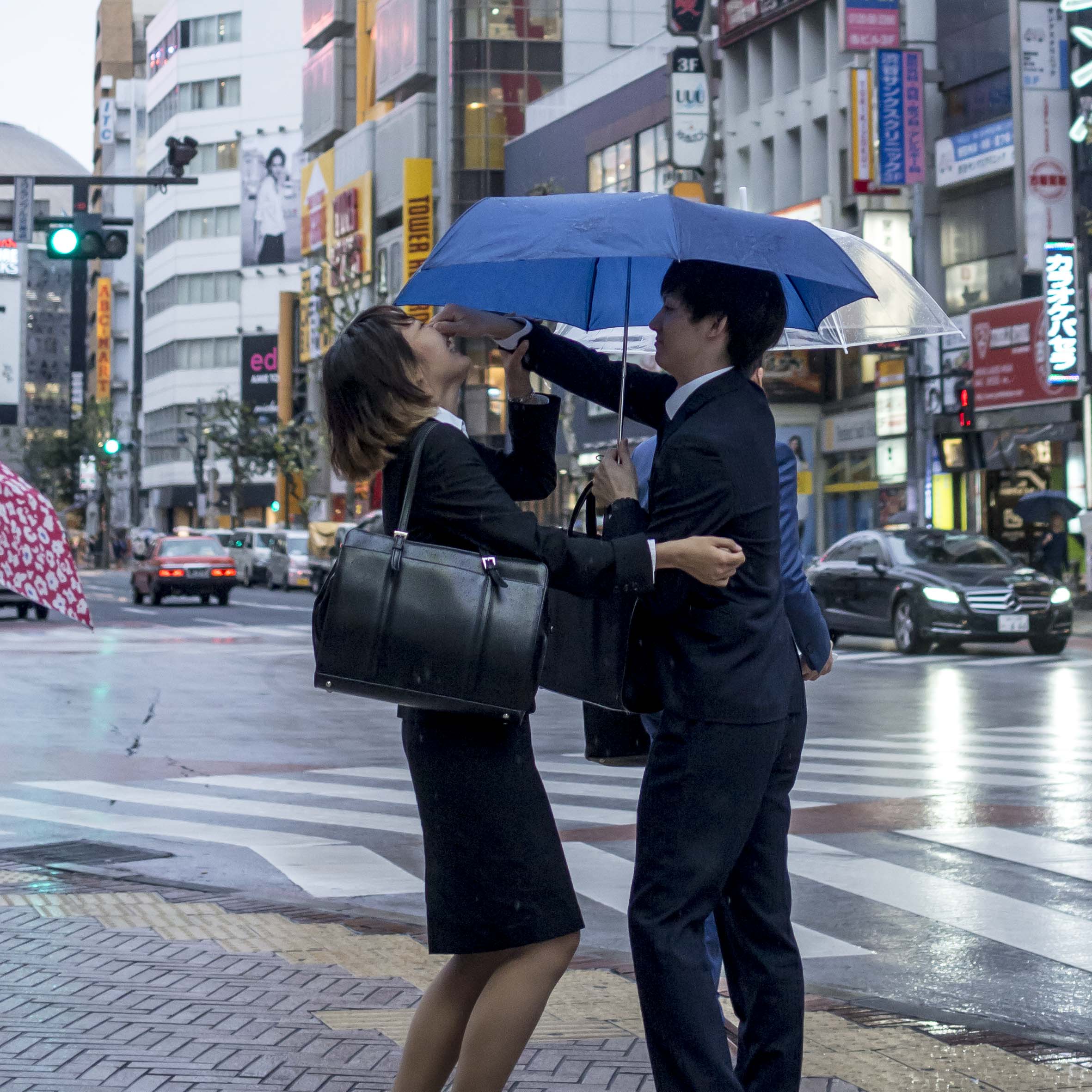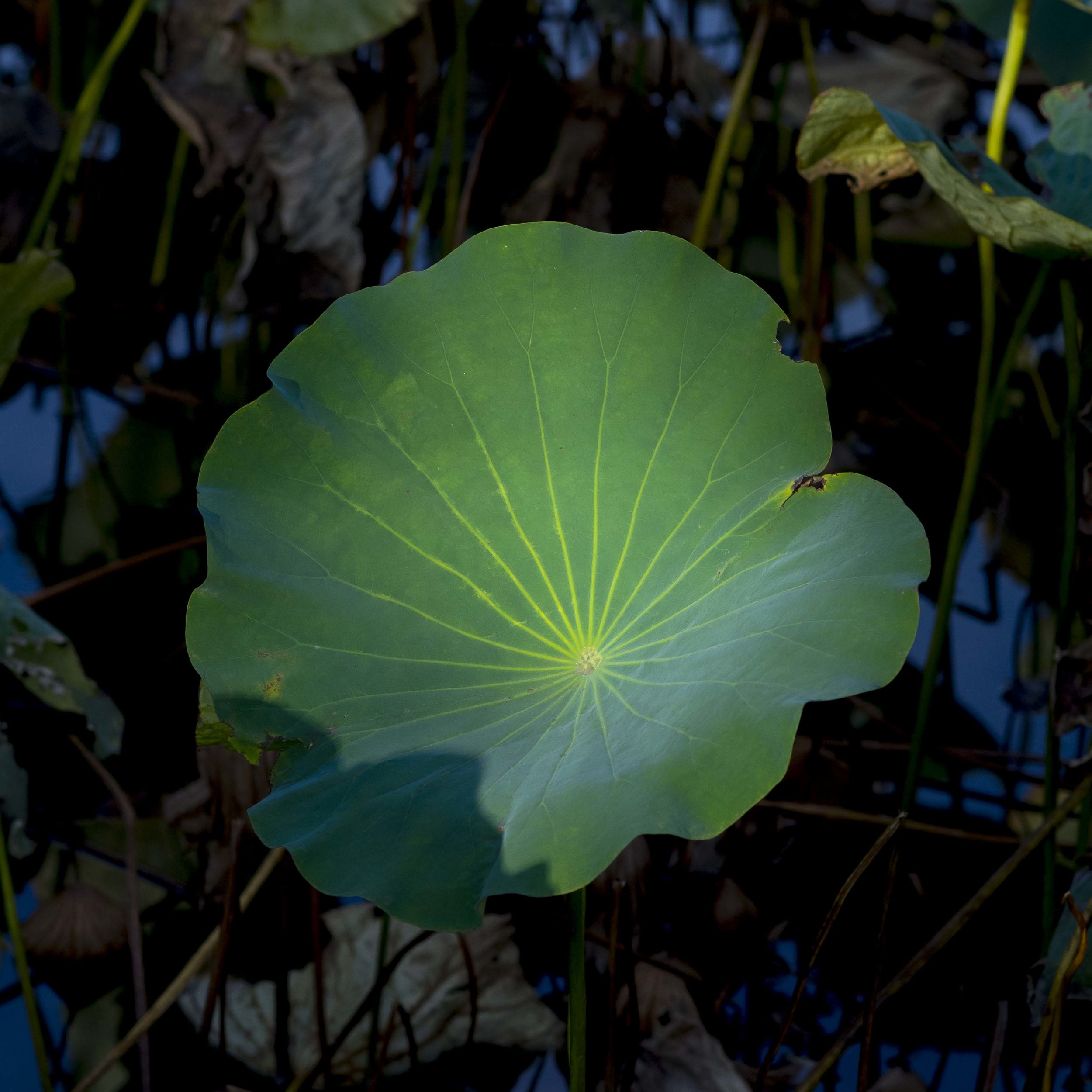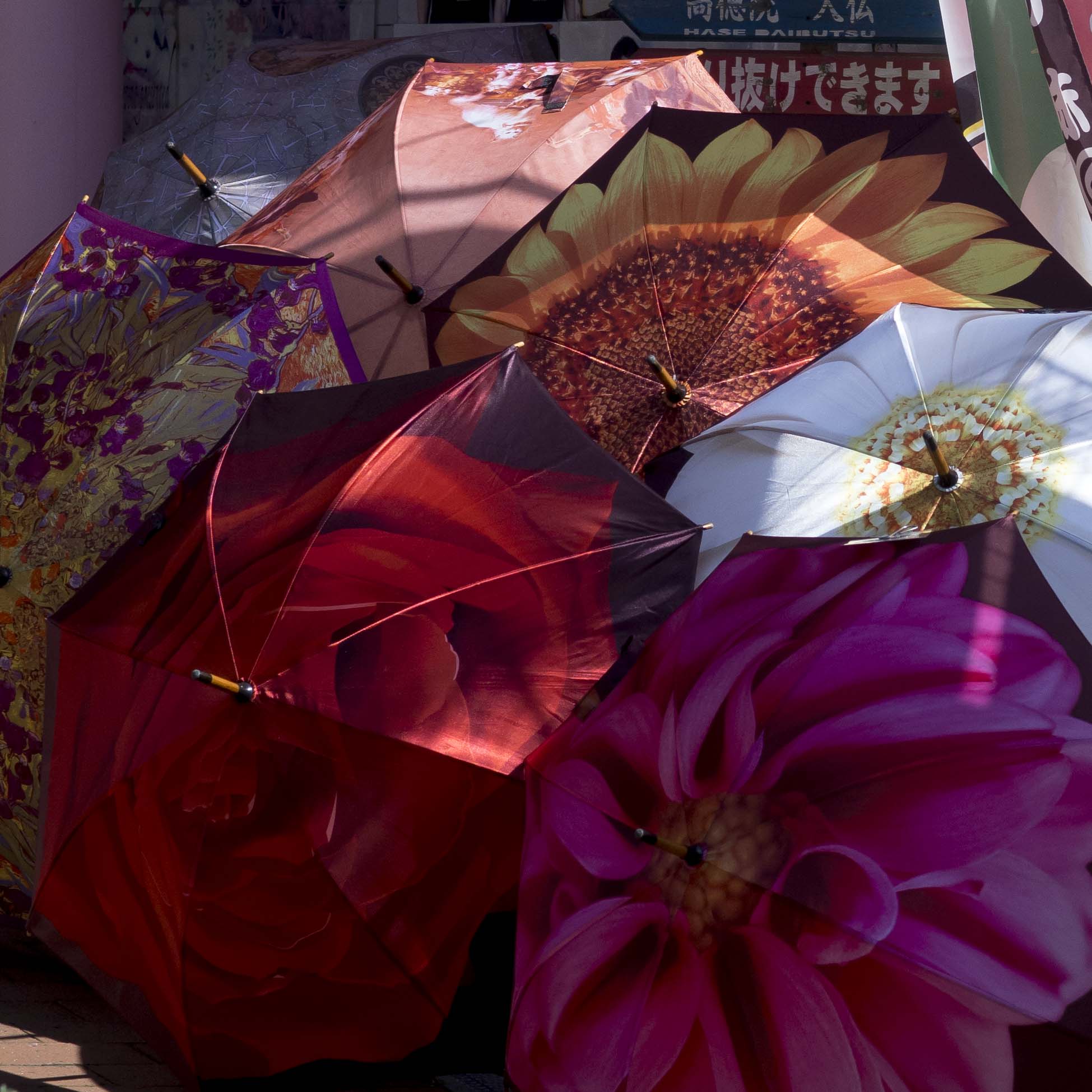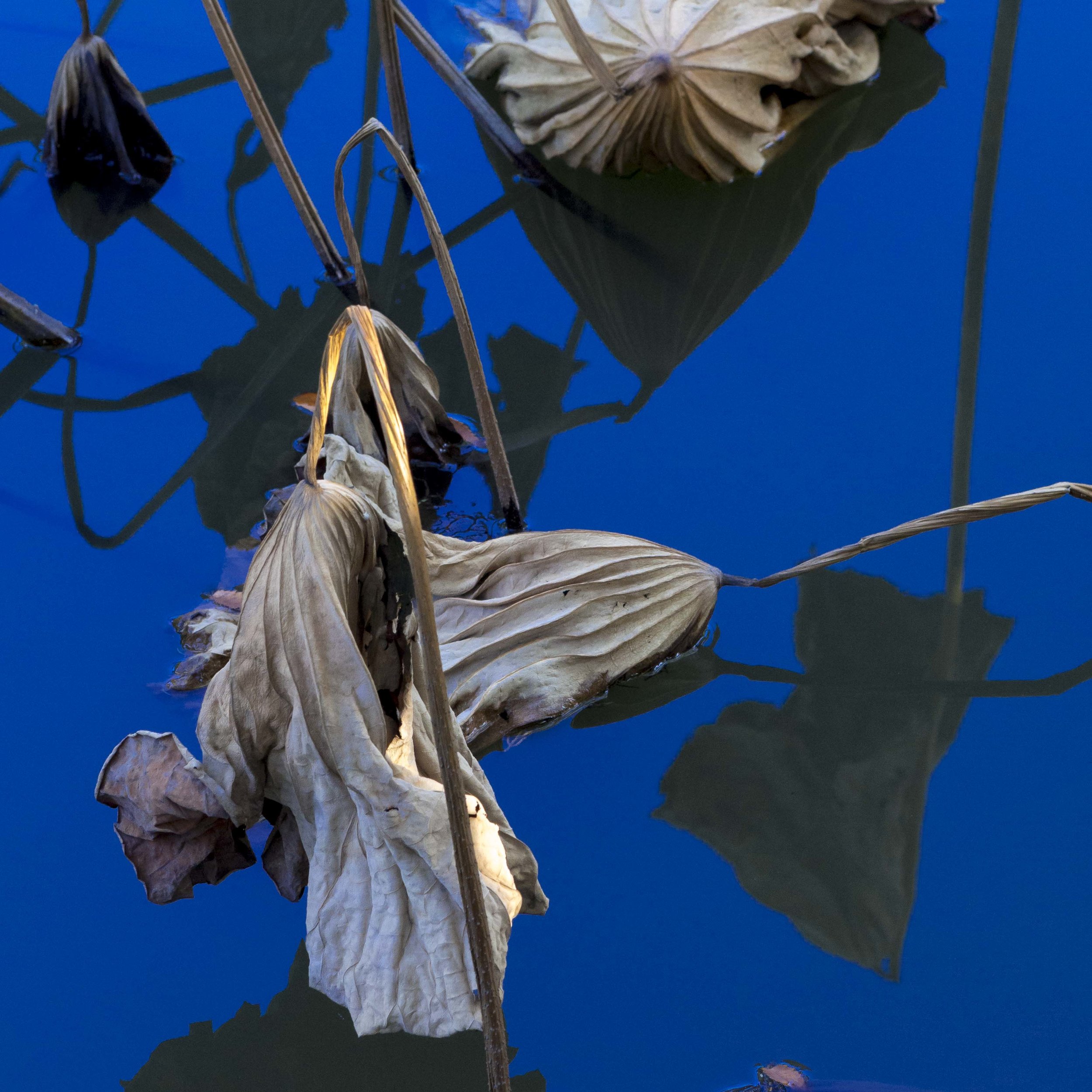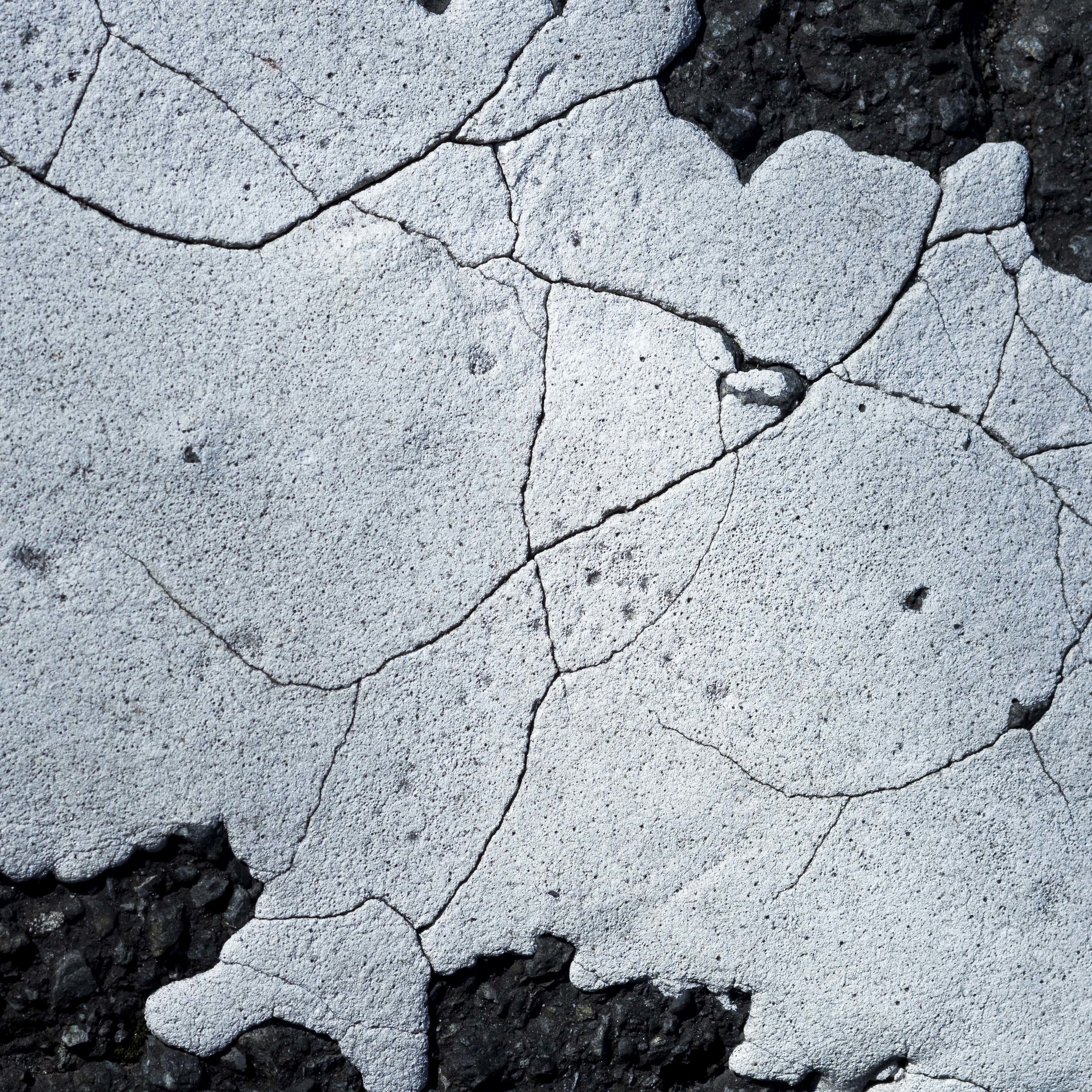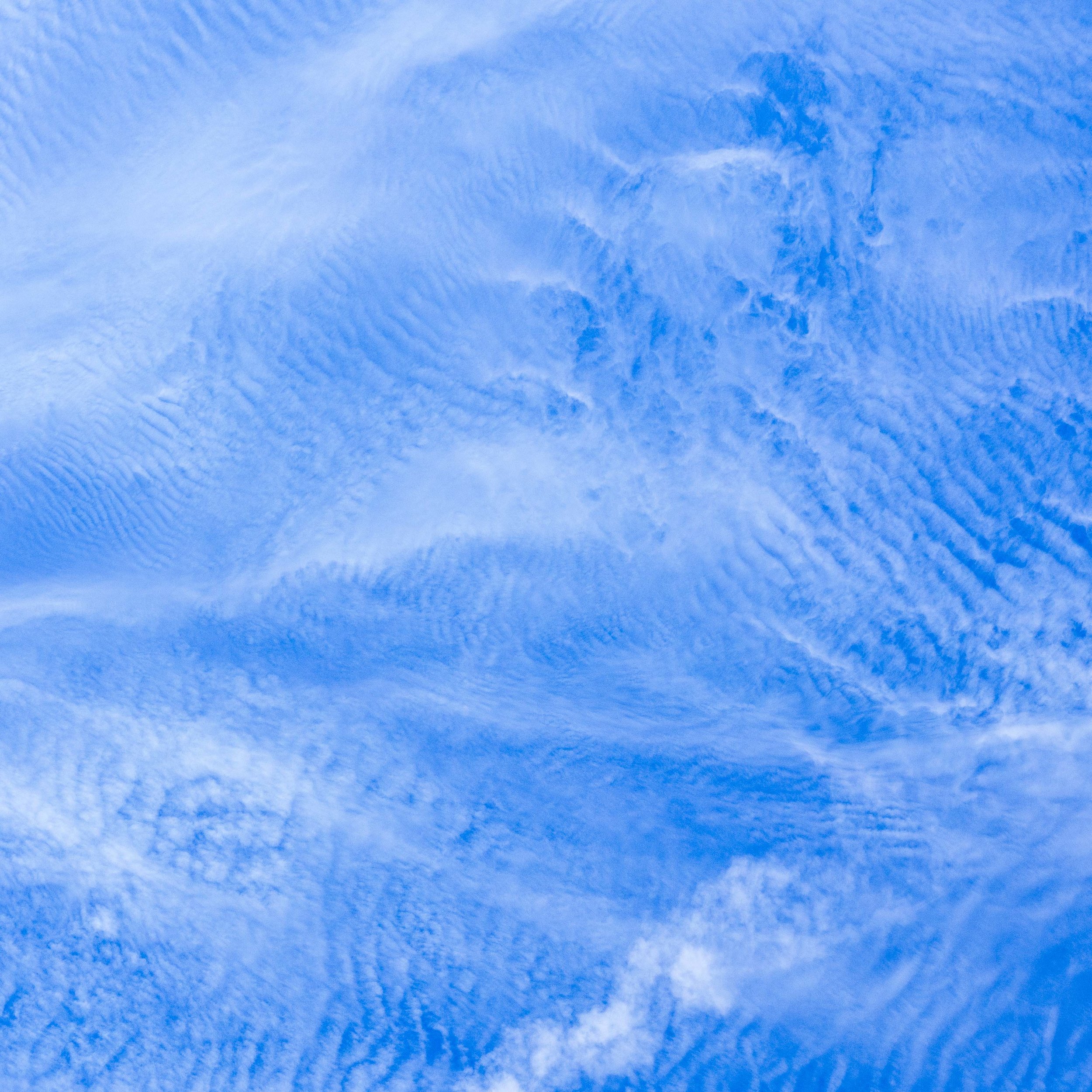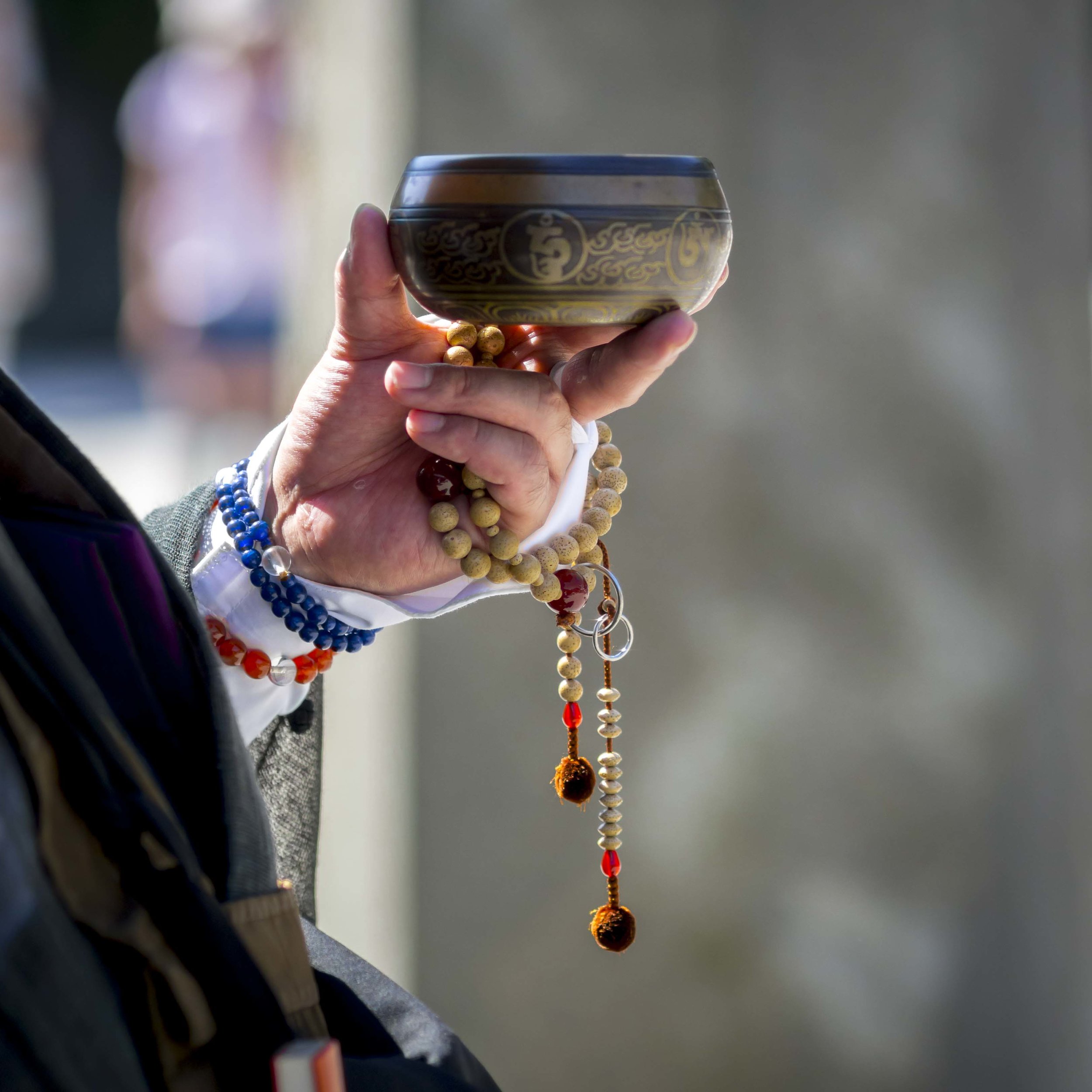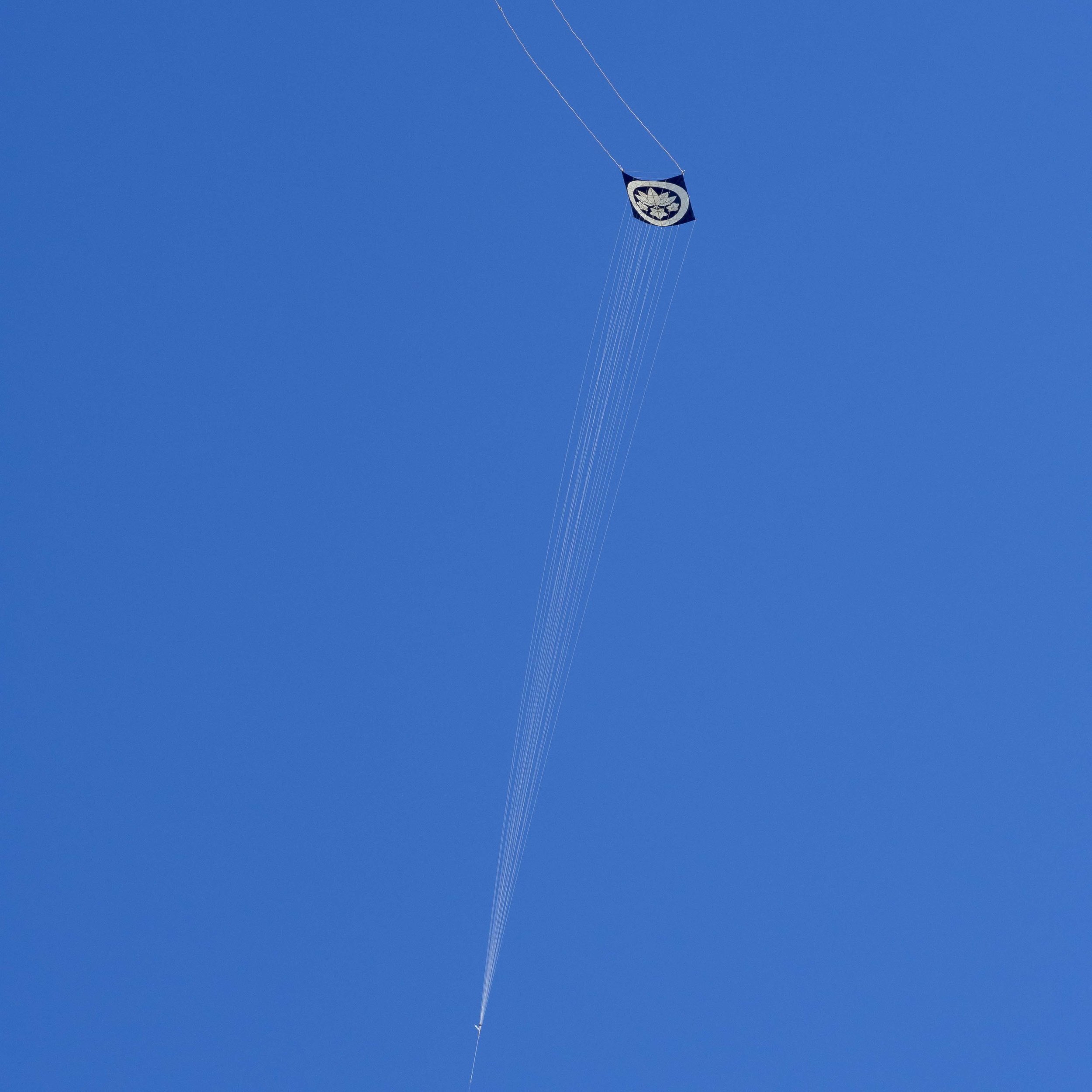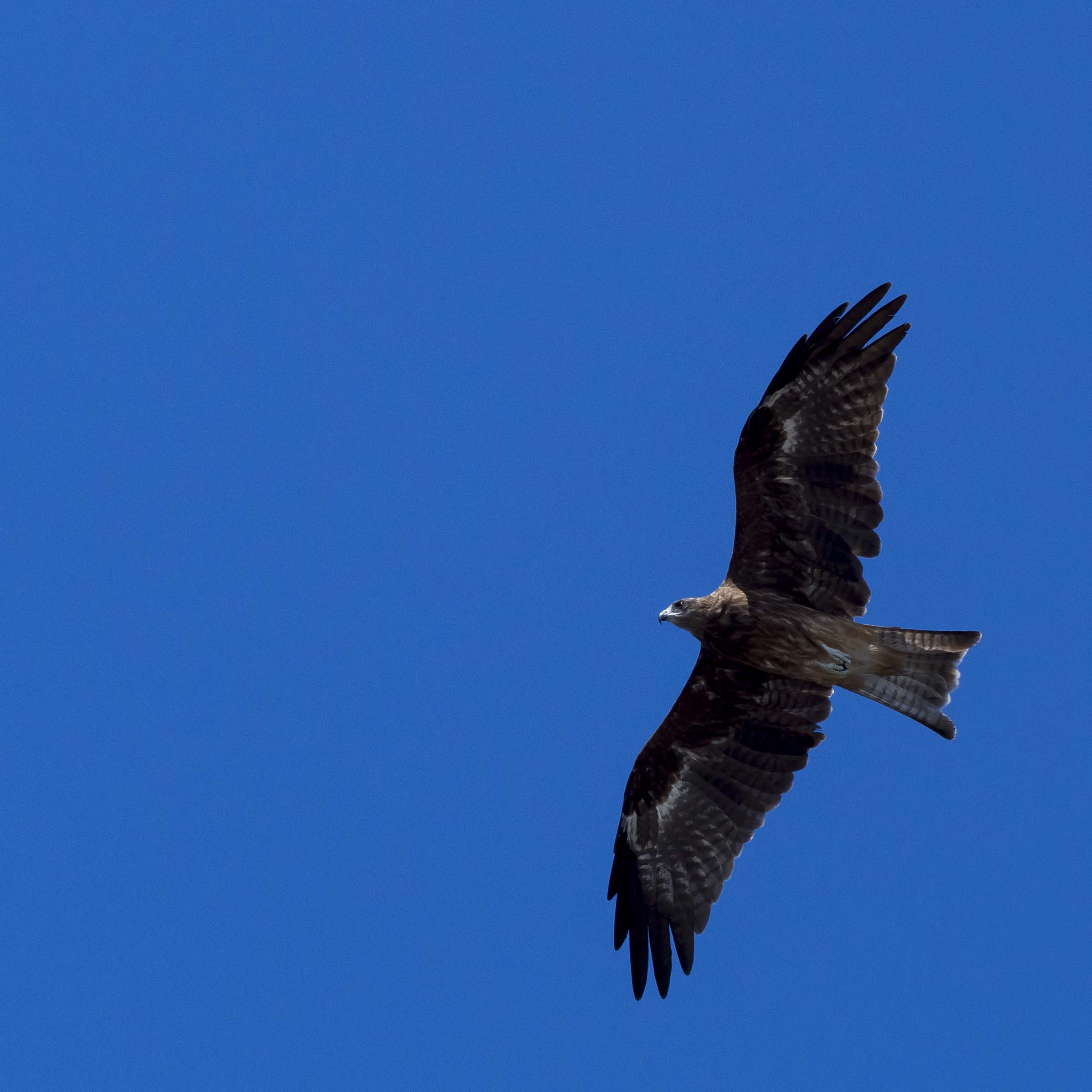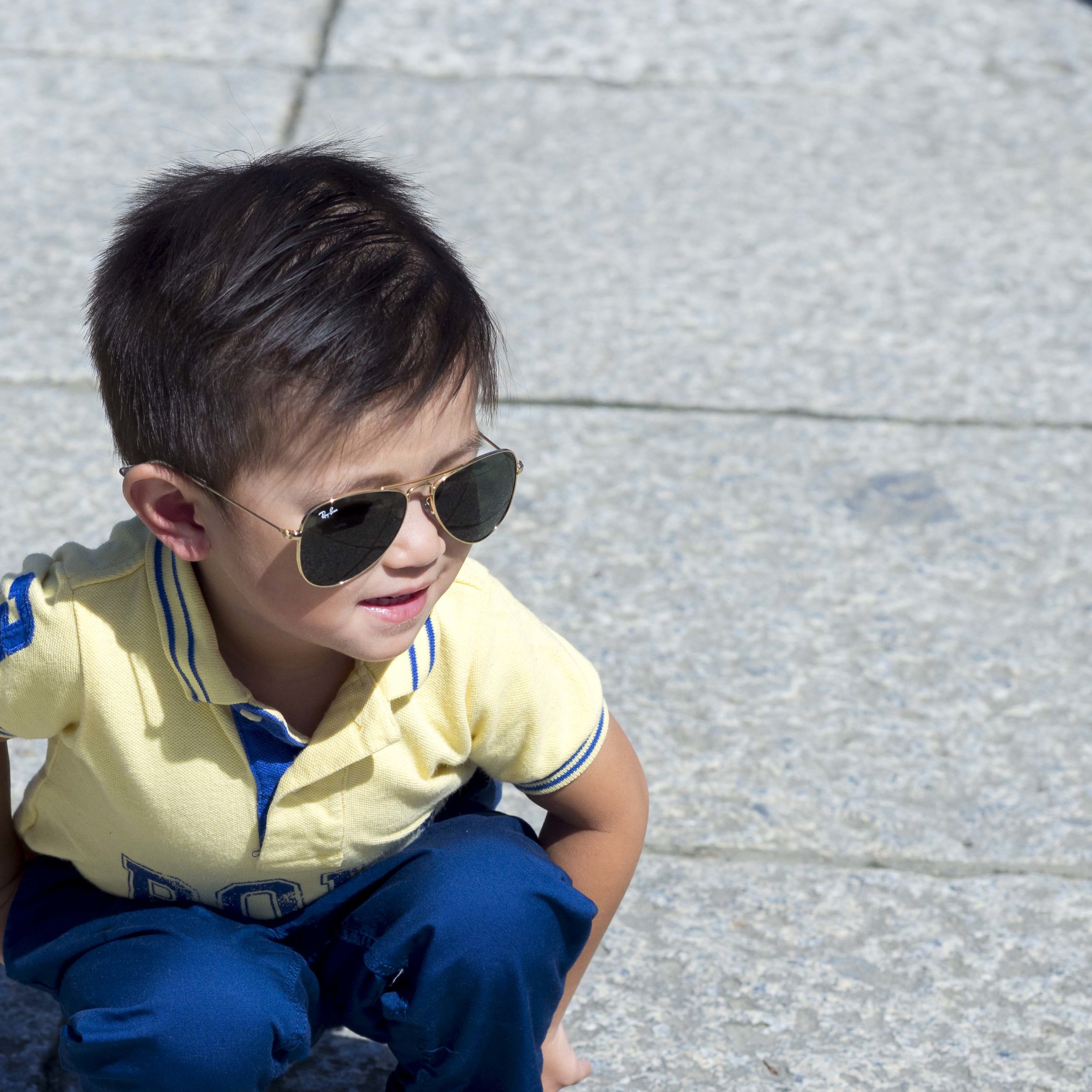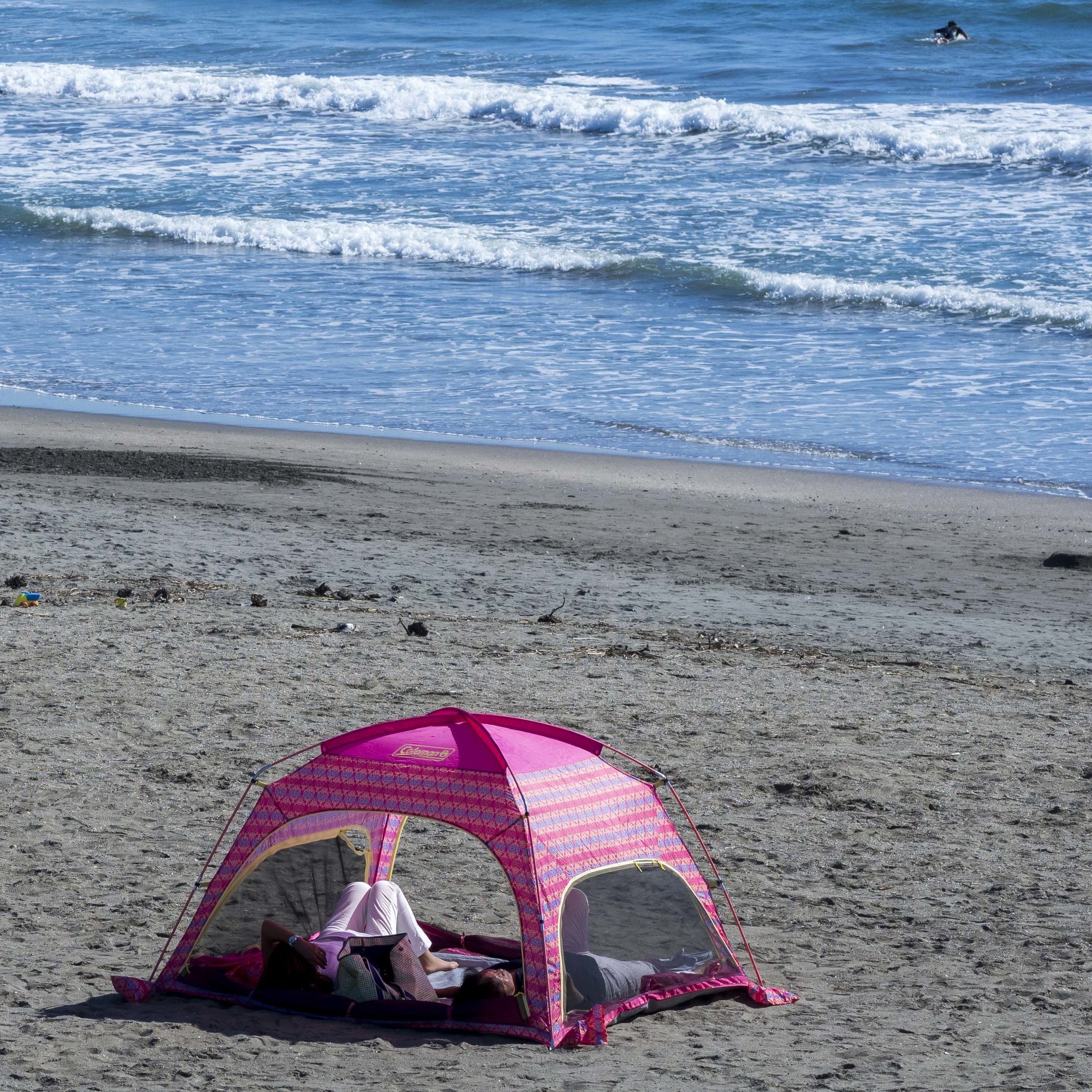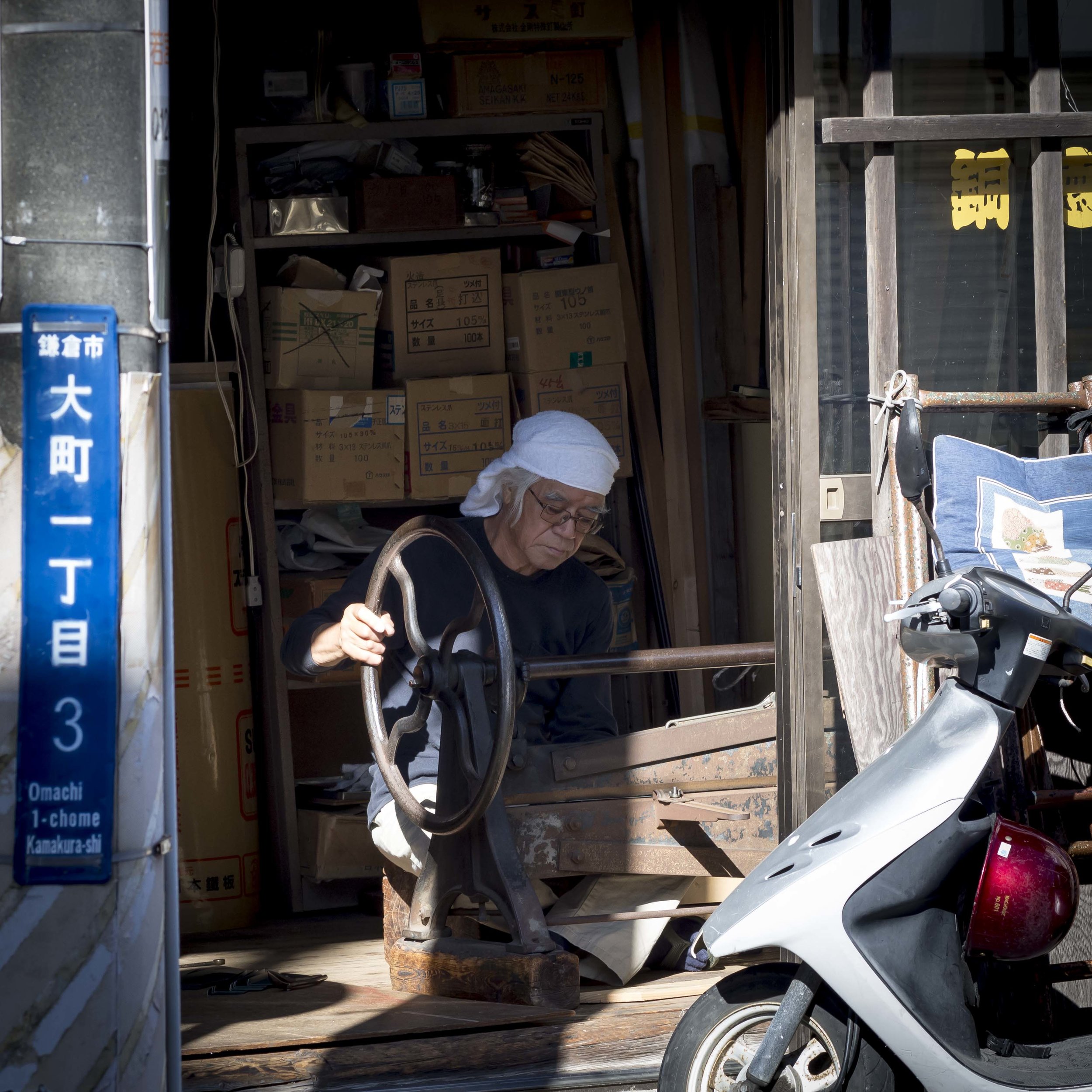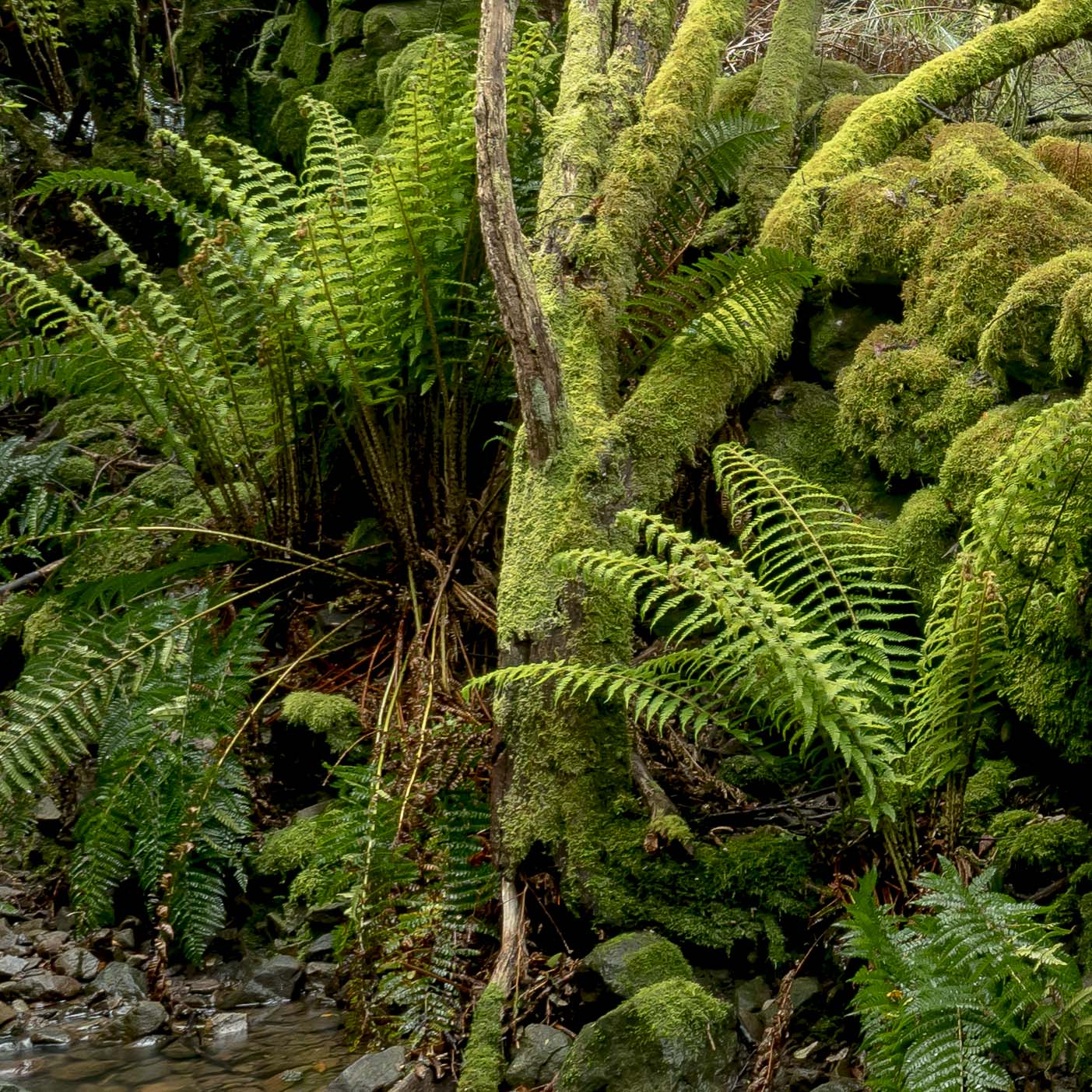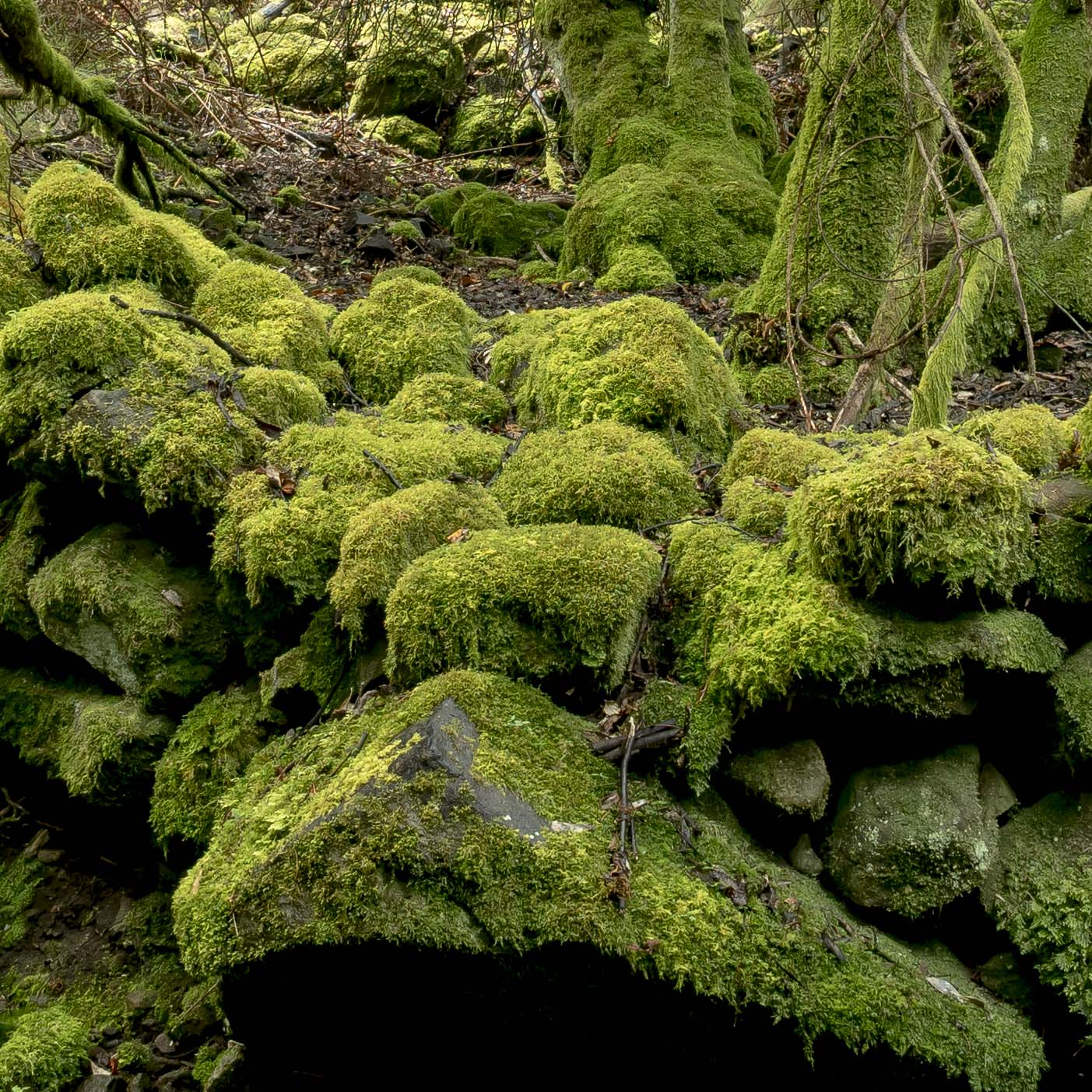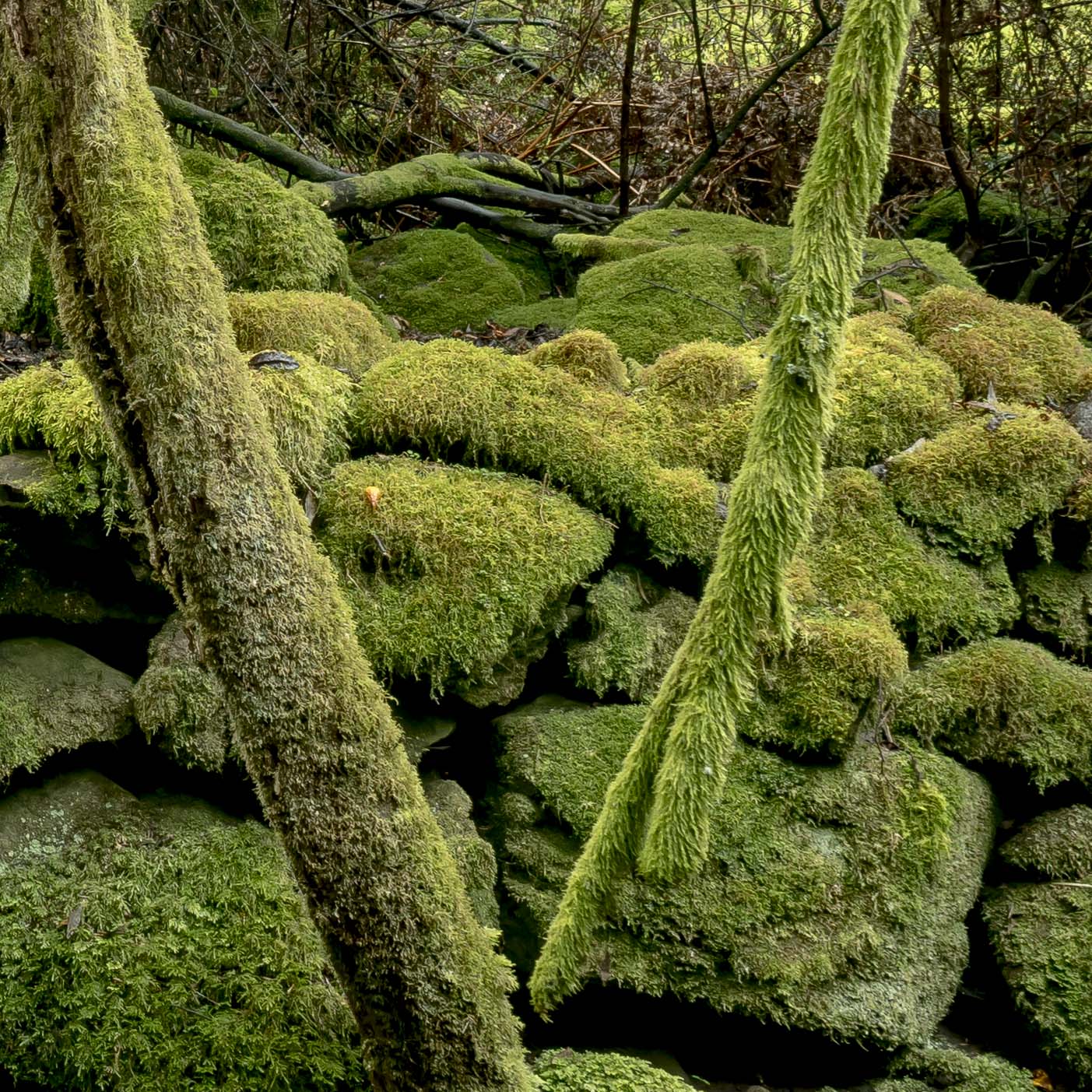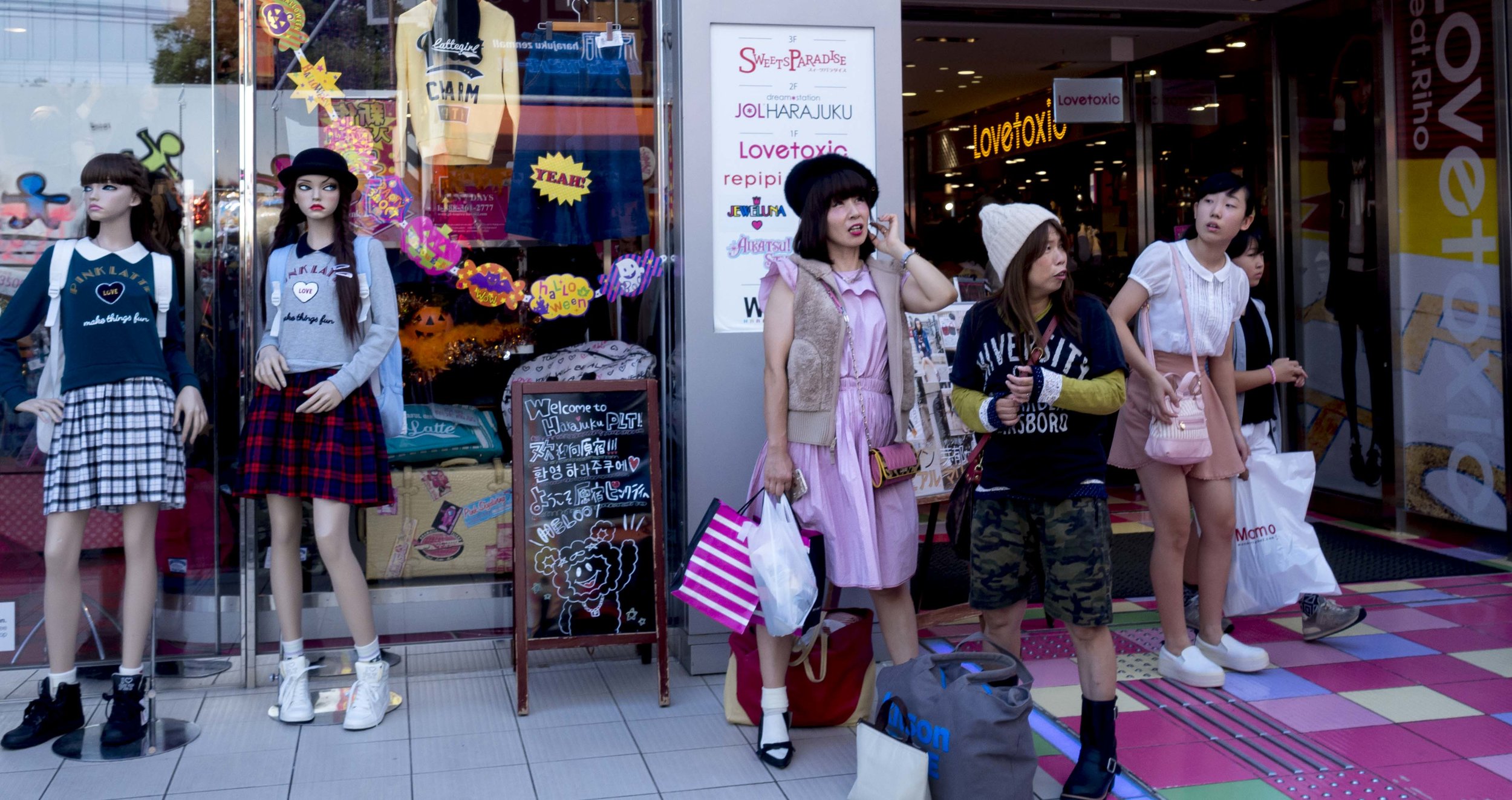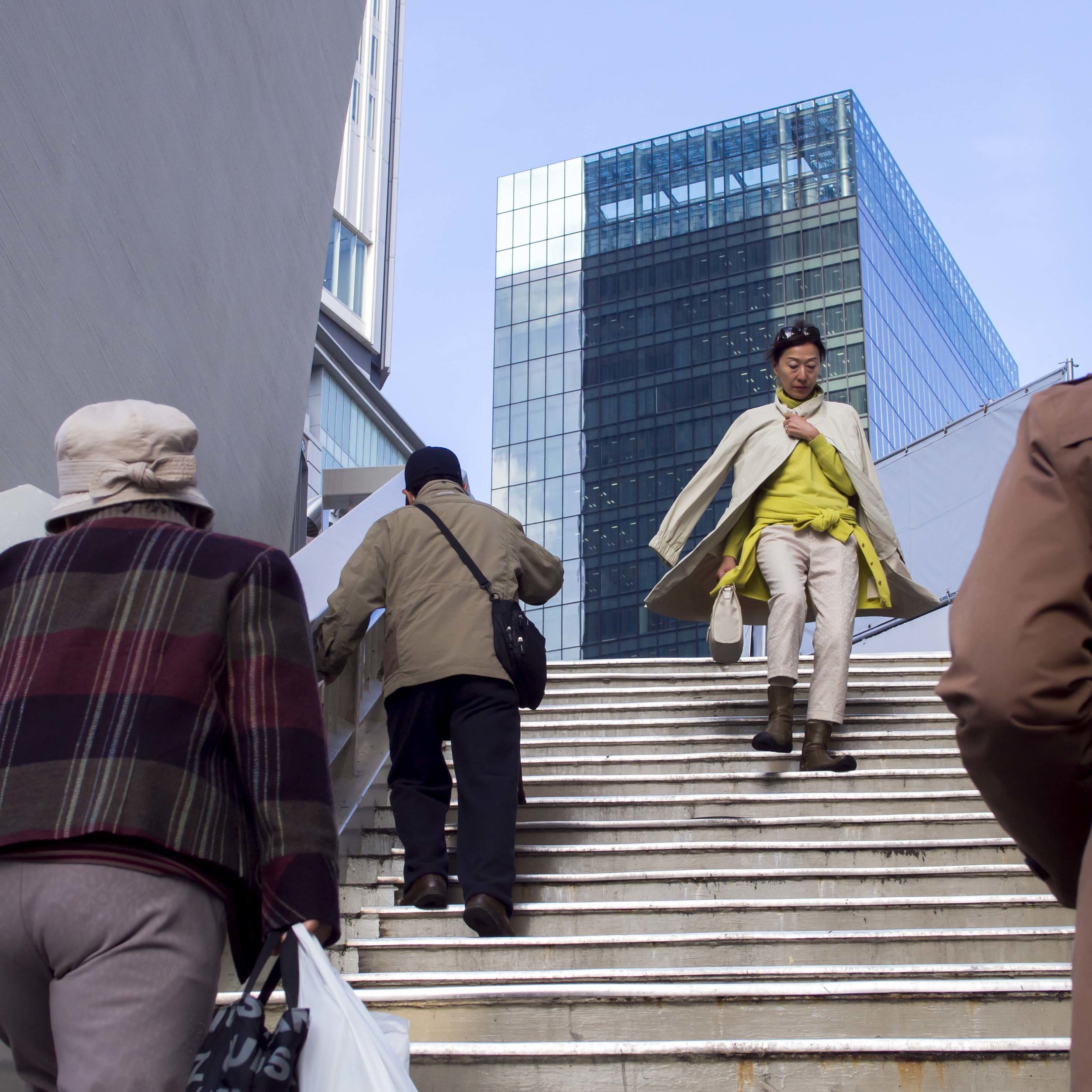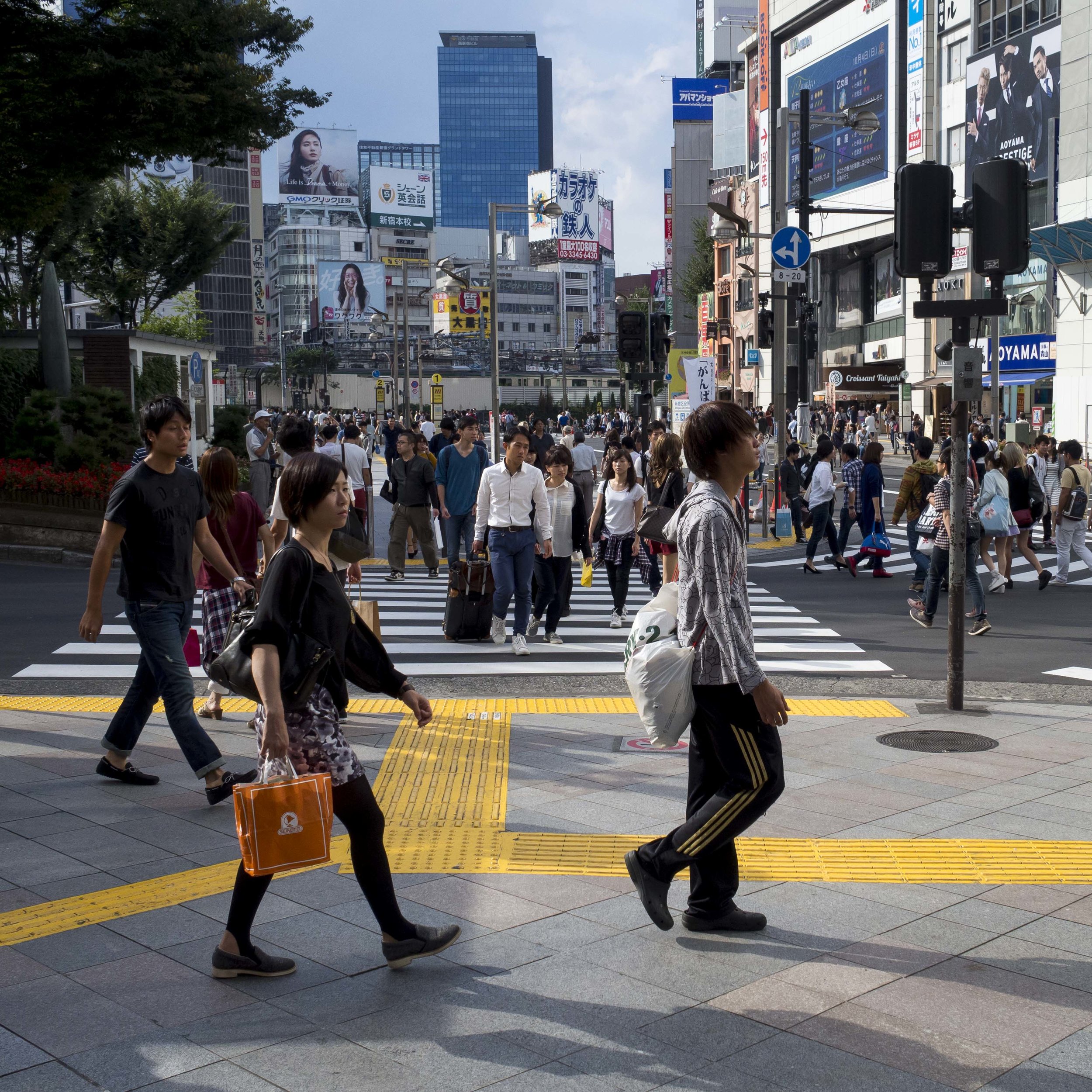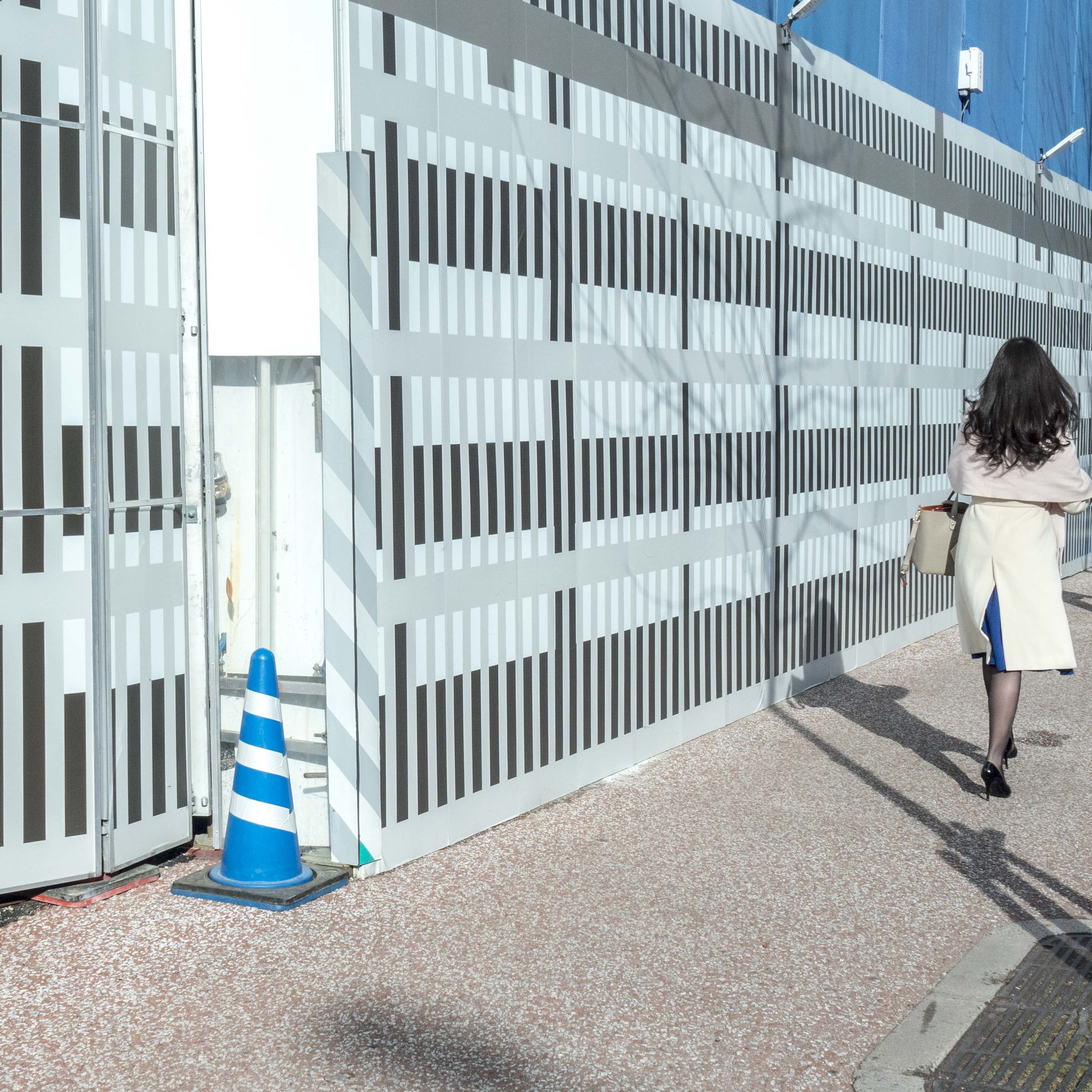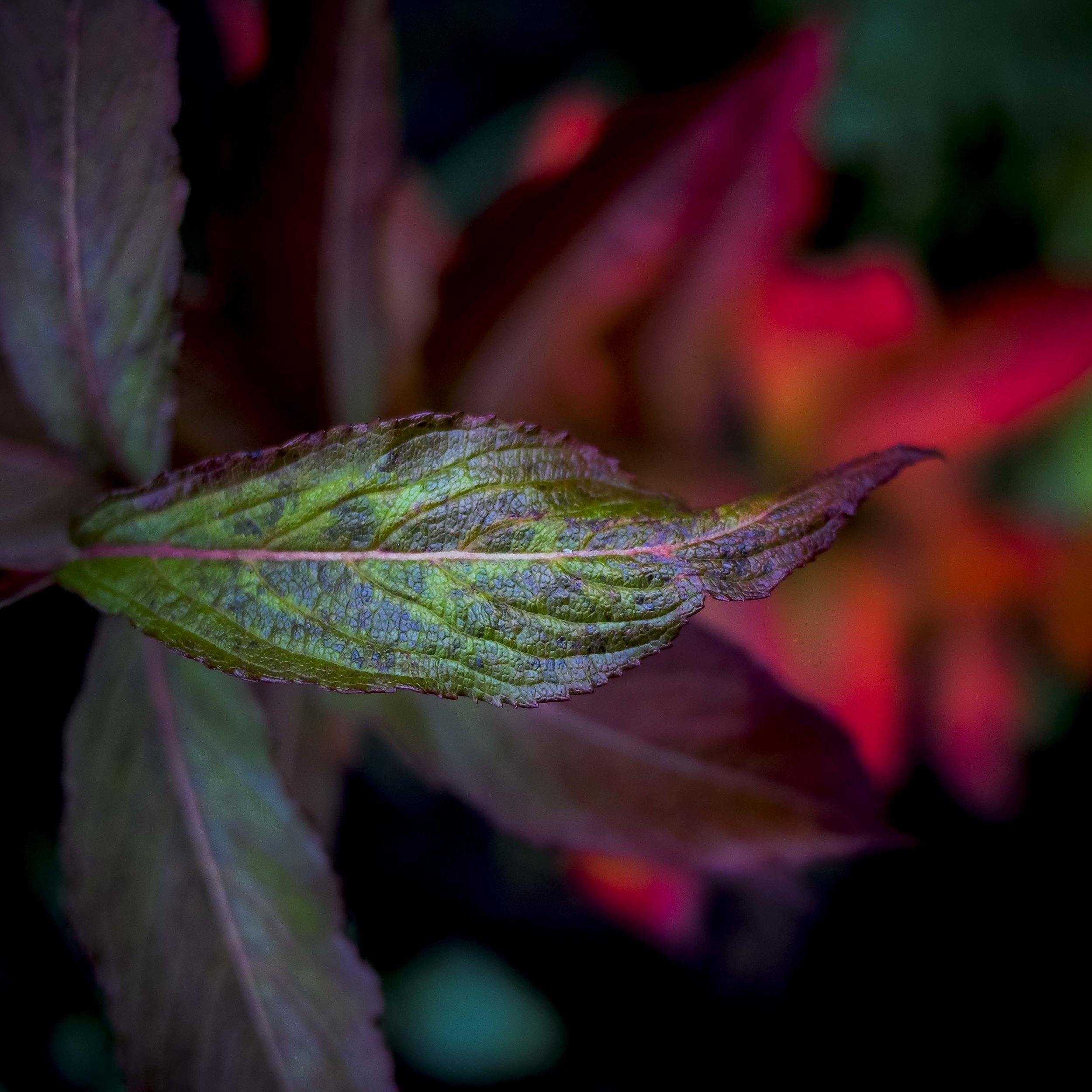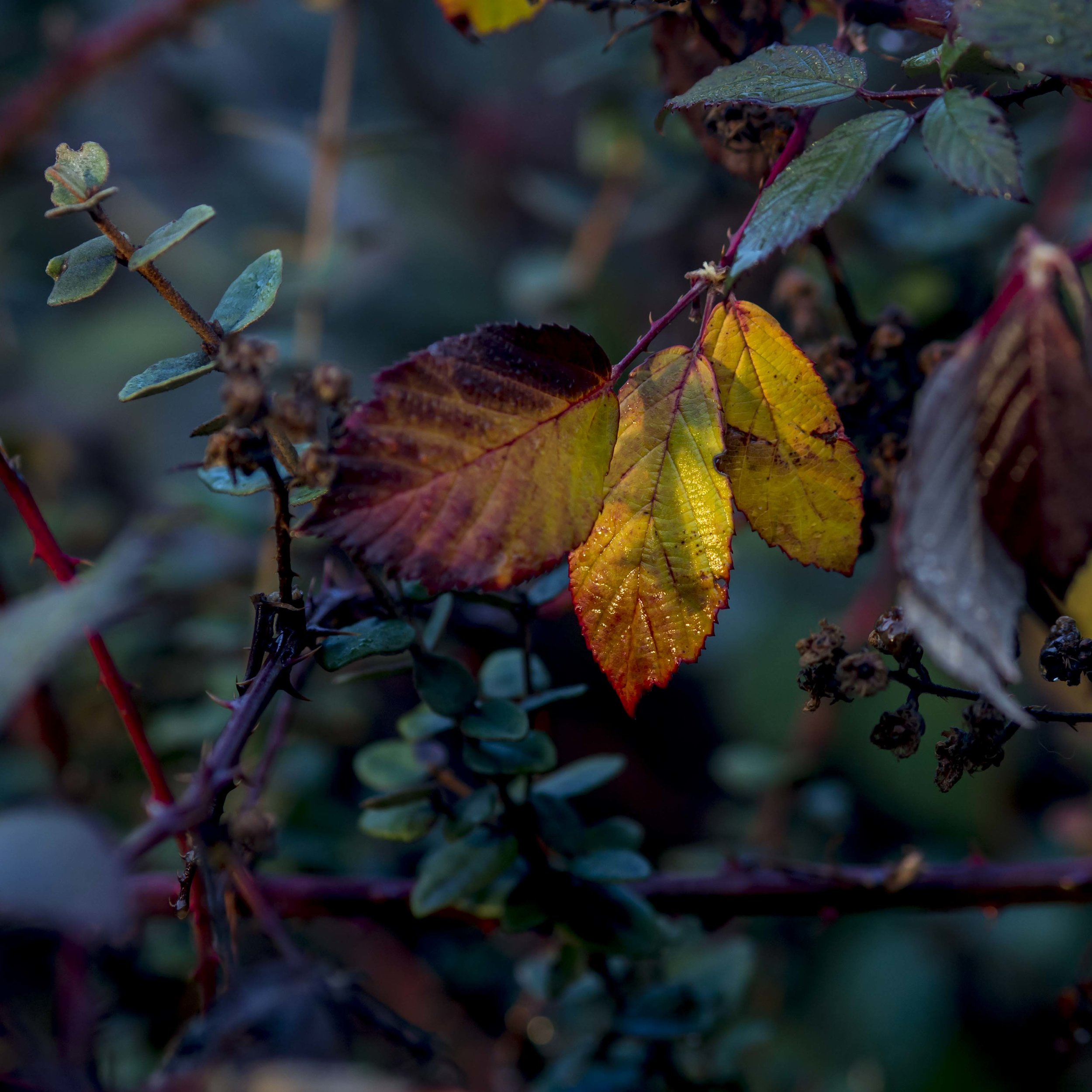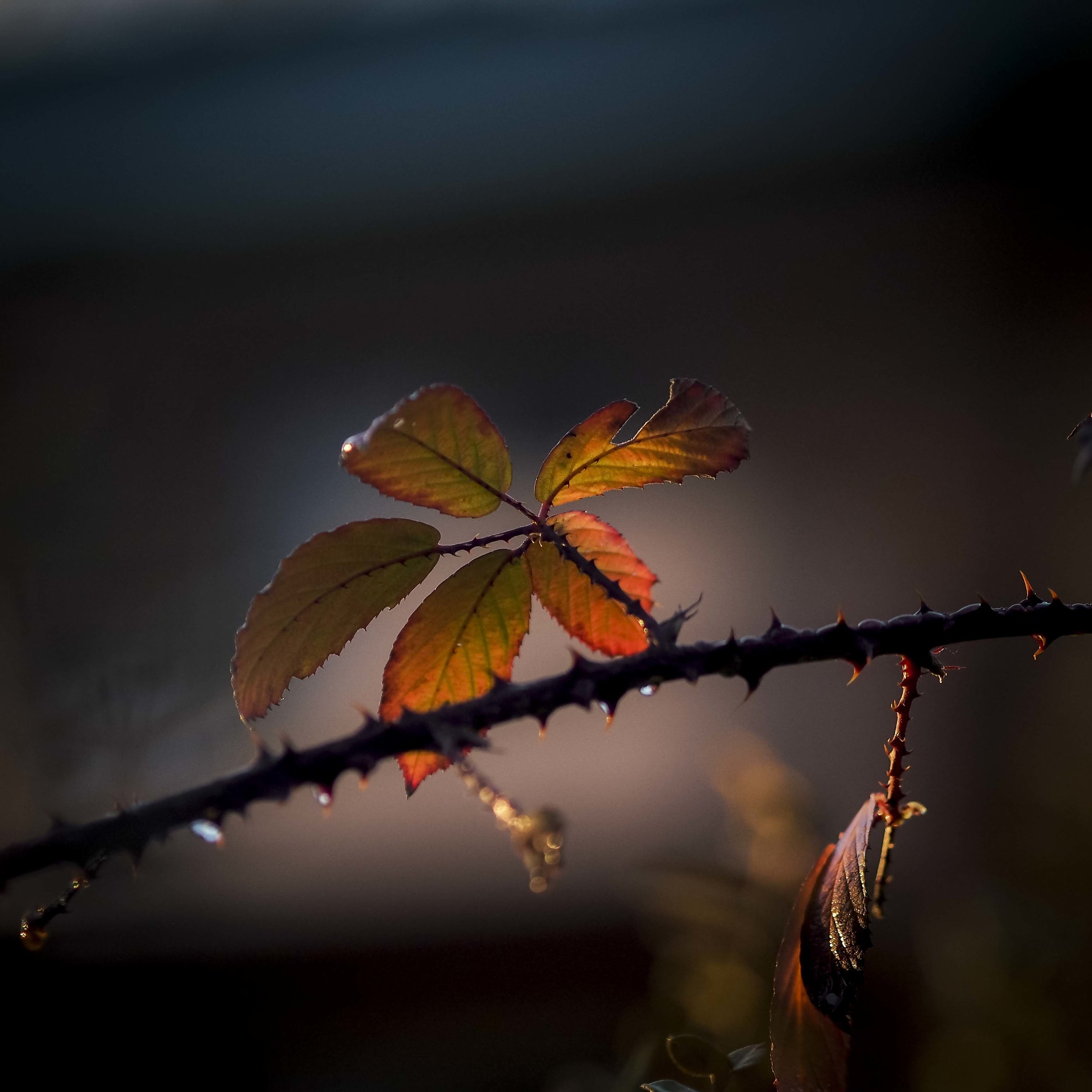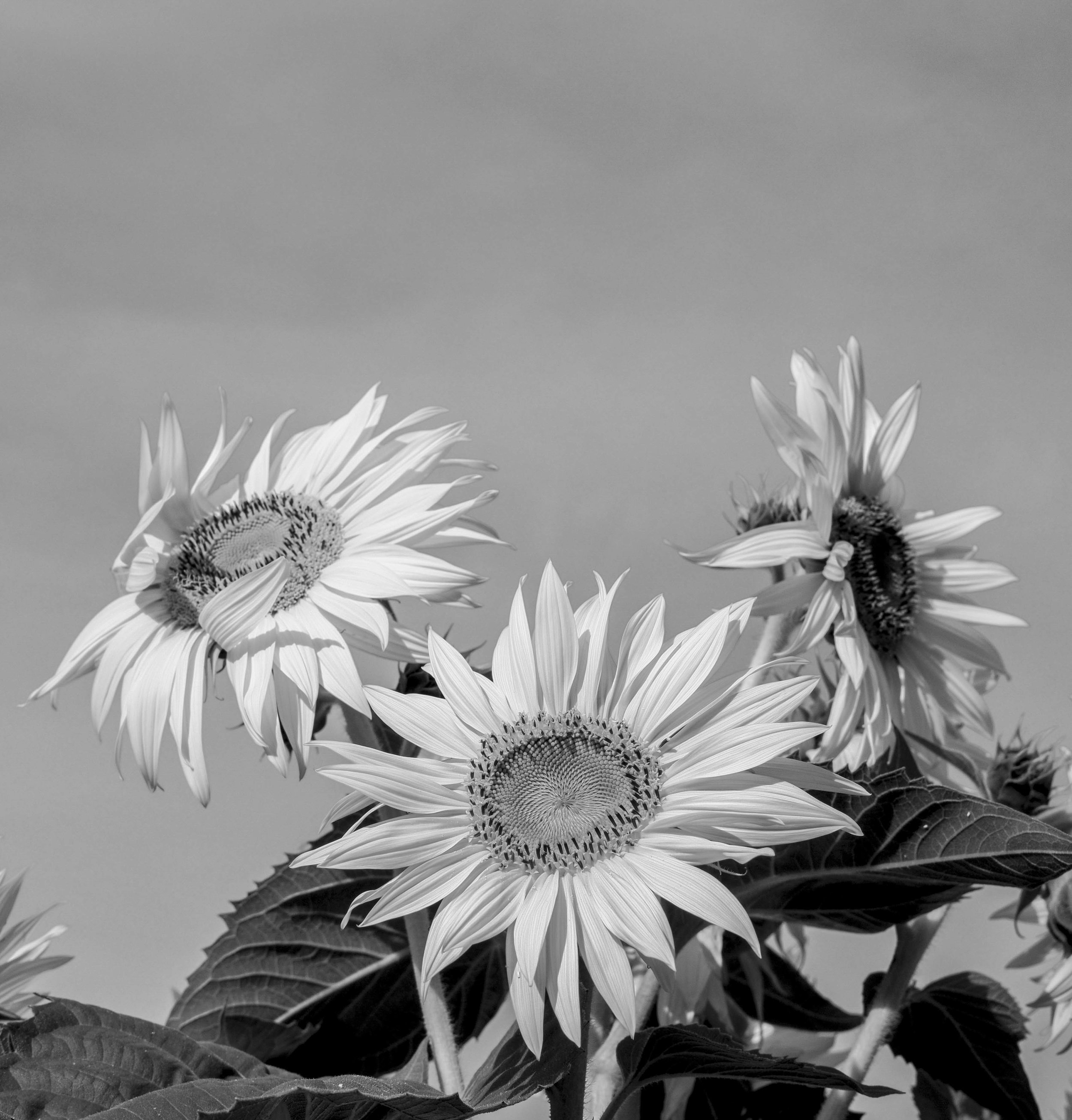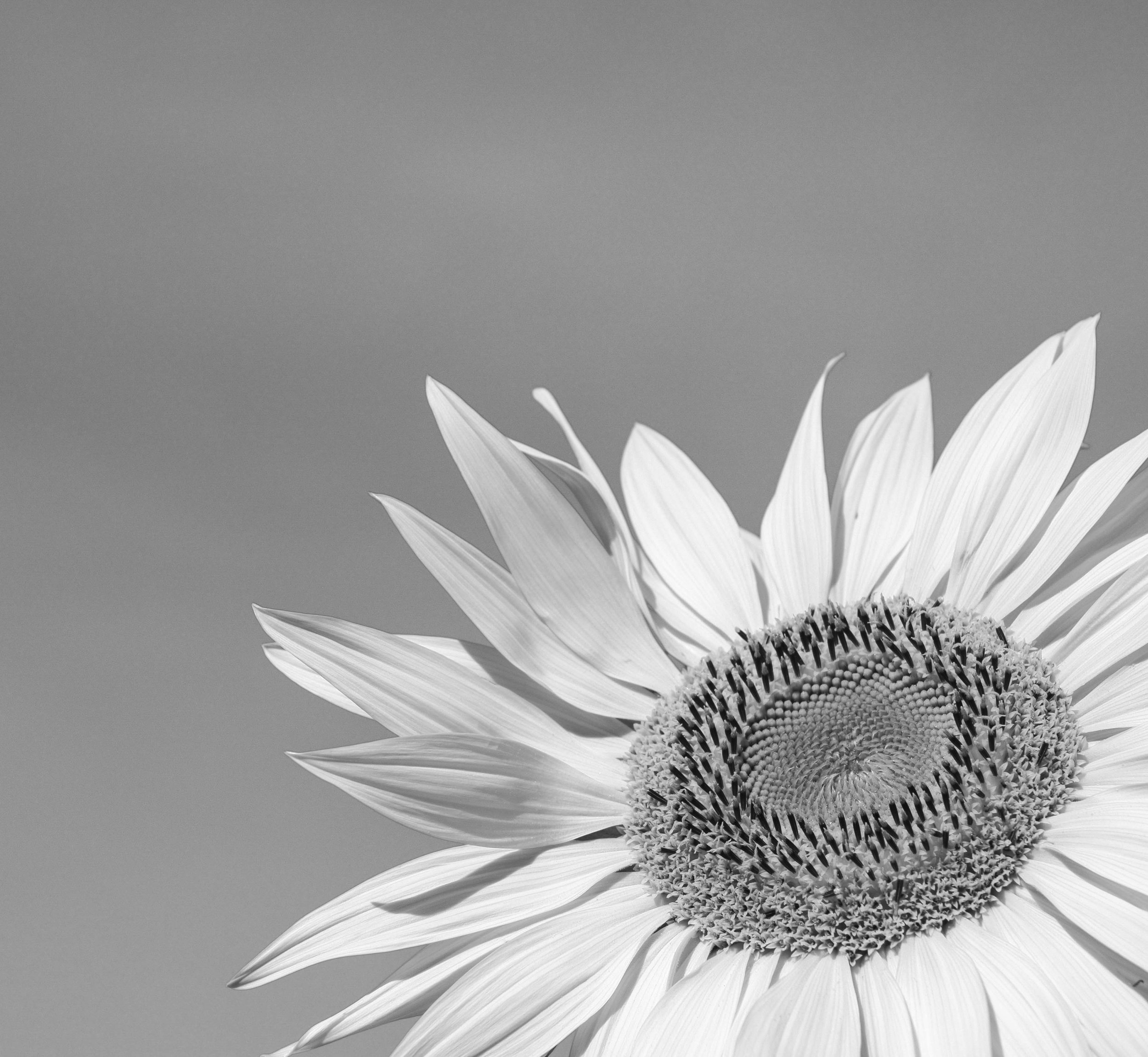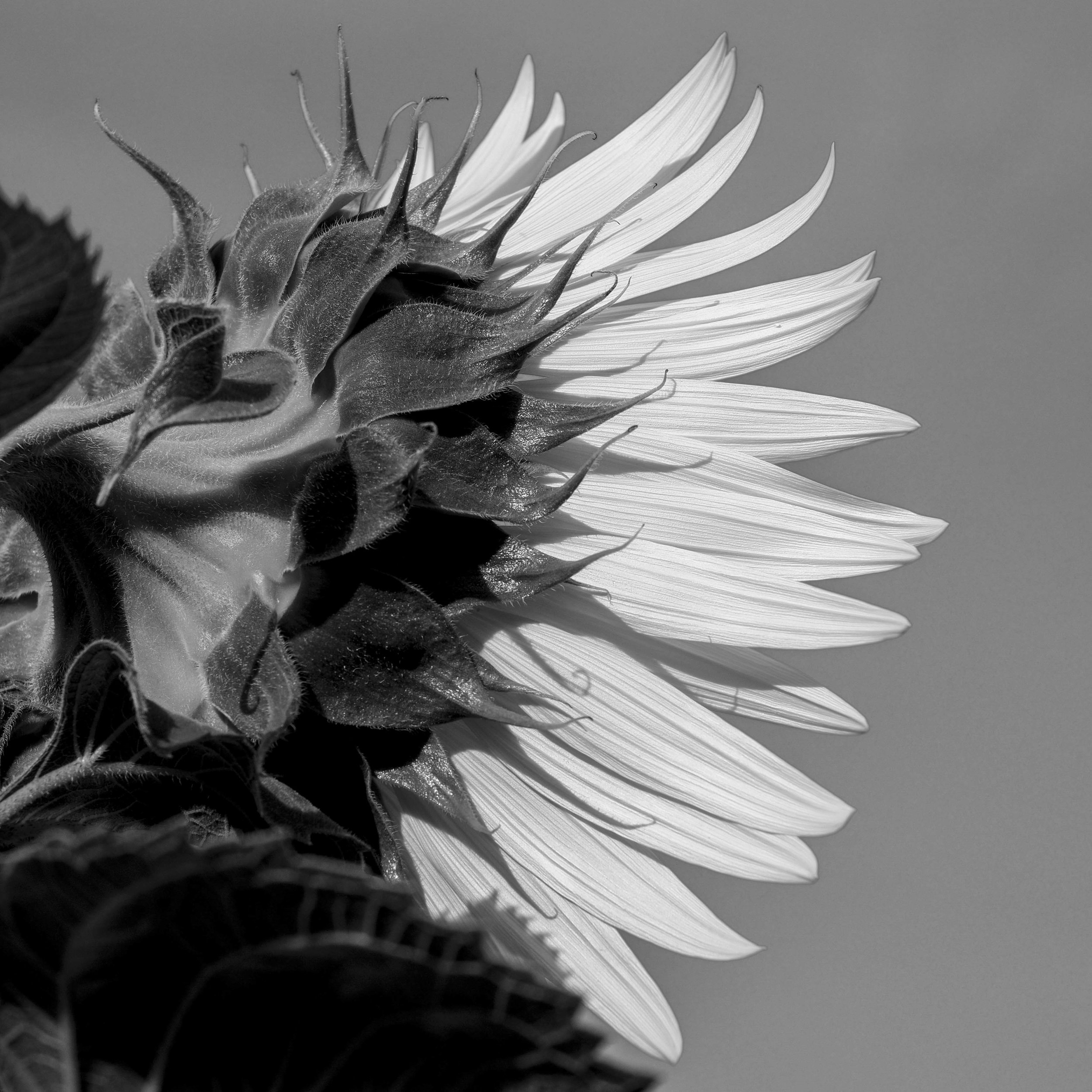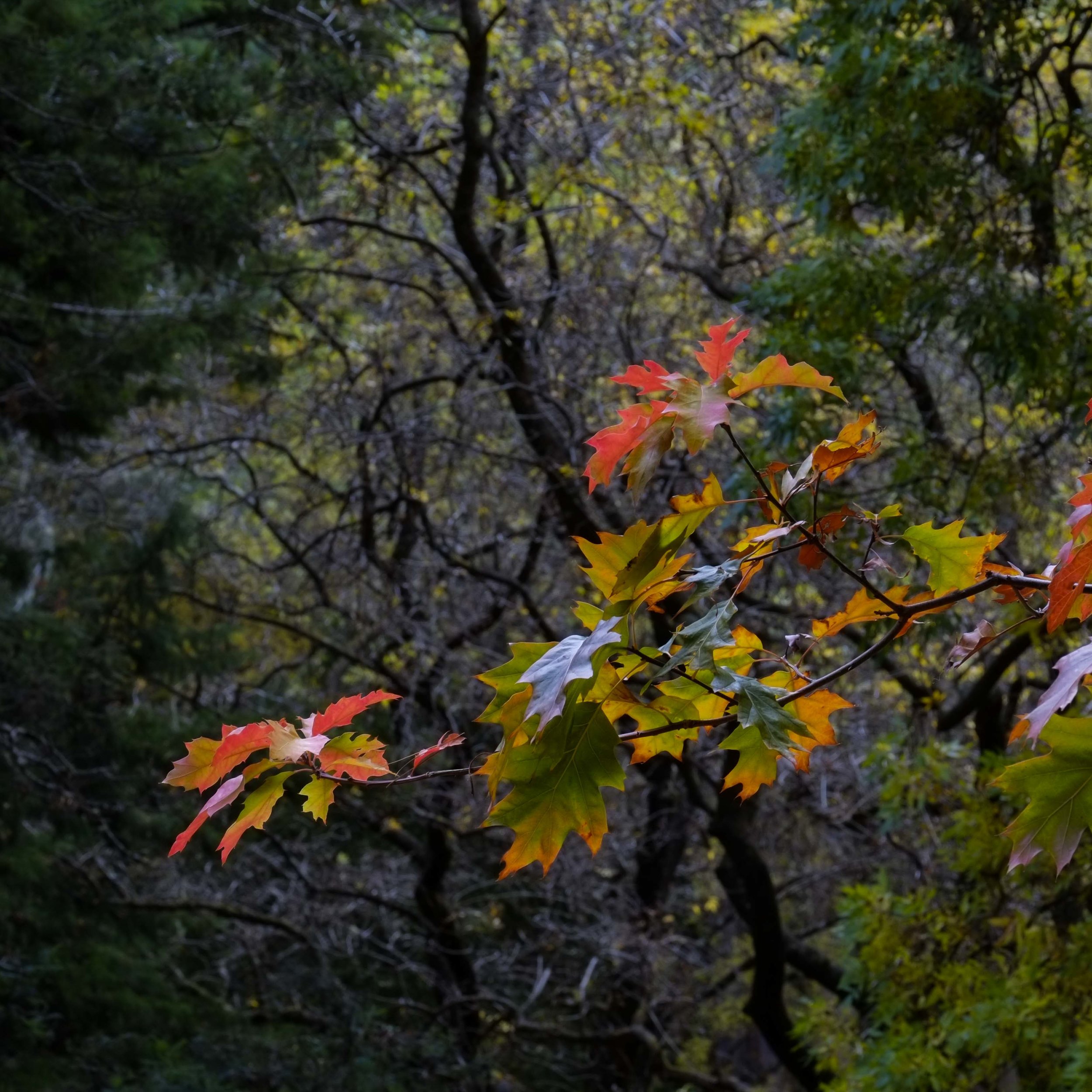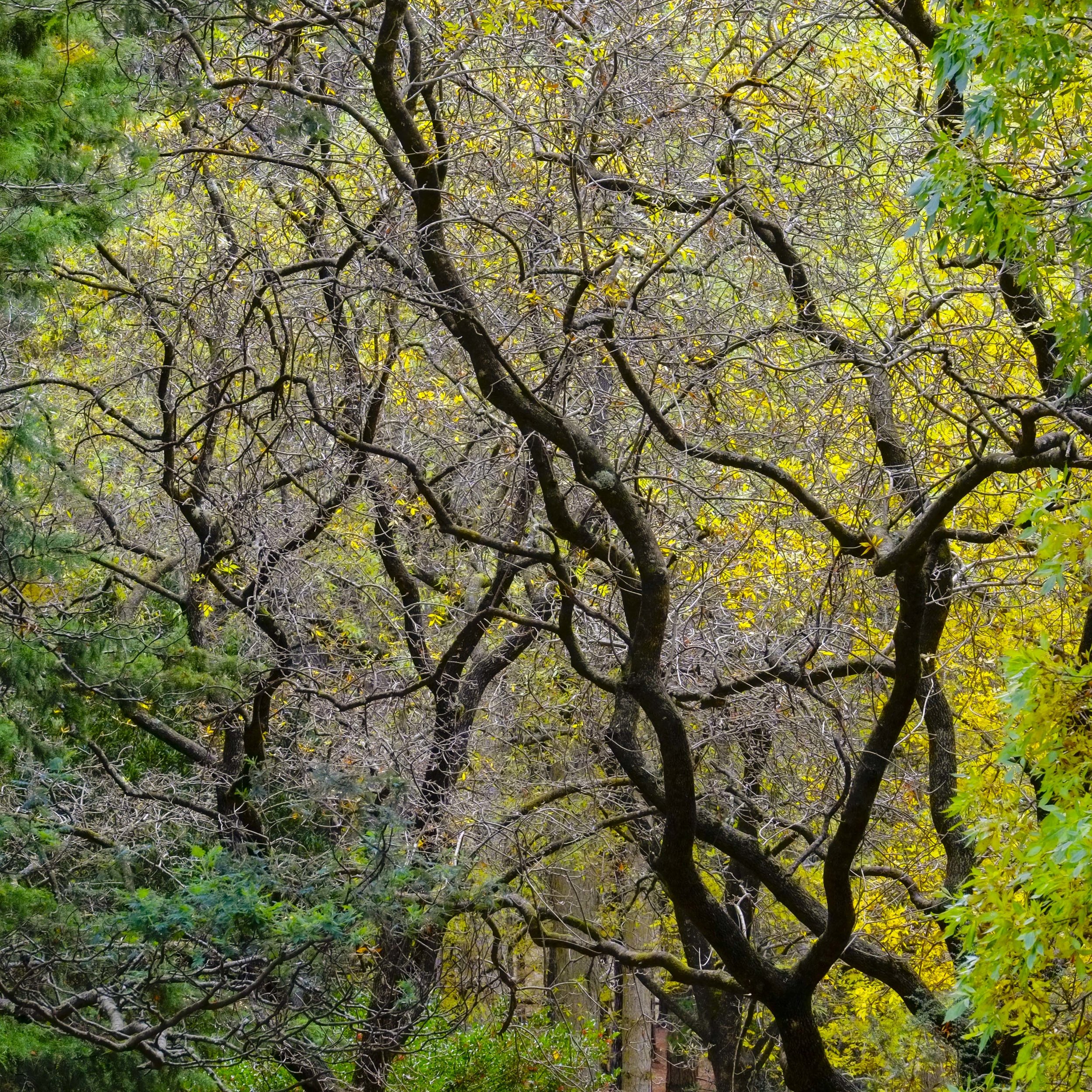It looks like the two “settled” formats are square and 2:1 or “double square”.
The technical application of these two formats offers a few options.
Option 1.
Shoot 4:3 normally and pull out either a 13.4 mp 2:1, or a 15mp square. This can use the 1:1 or 16:9 ratio preview options as well to help reduce further cropping. This is obviously the most reactive style, but even a very sharp 20mp file may be stretched in bigger print sizes. With best technique applied, I know that even a 10mp image can (always has) been printable to fine art sizes. The desire for more file size is directly linked to screen viewing and industry hype.
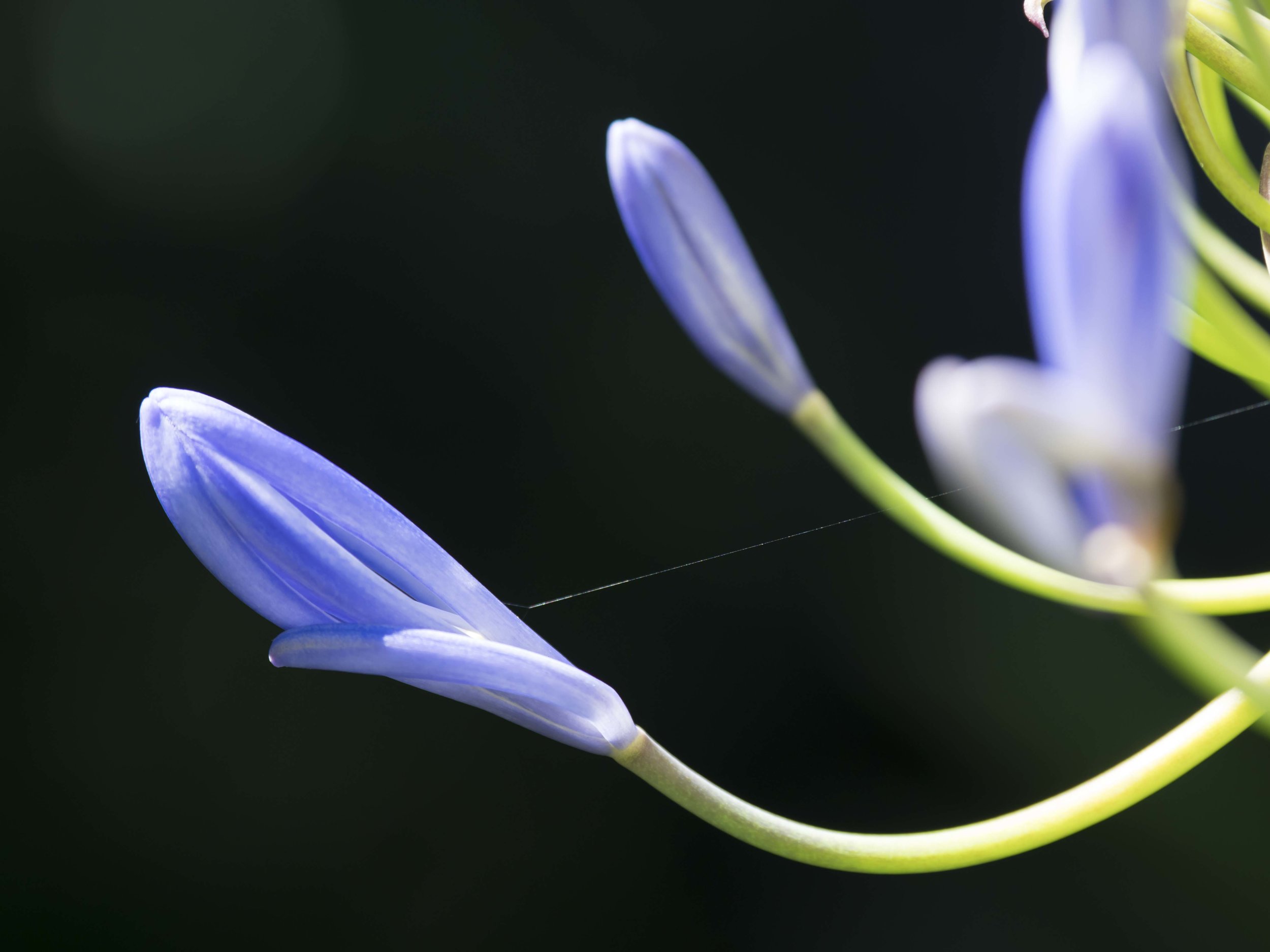

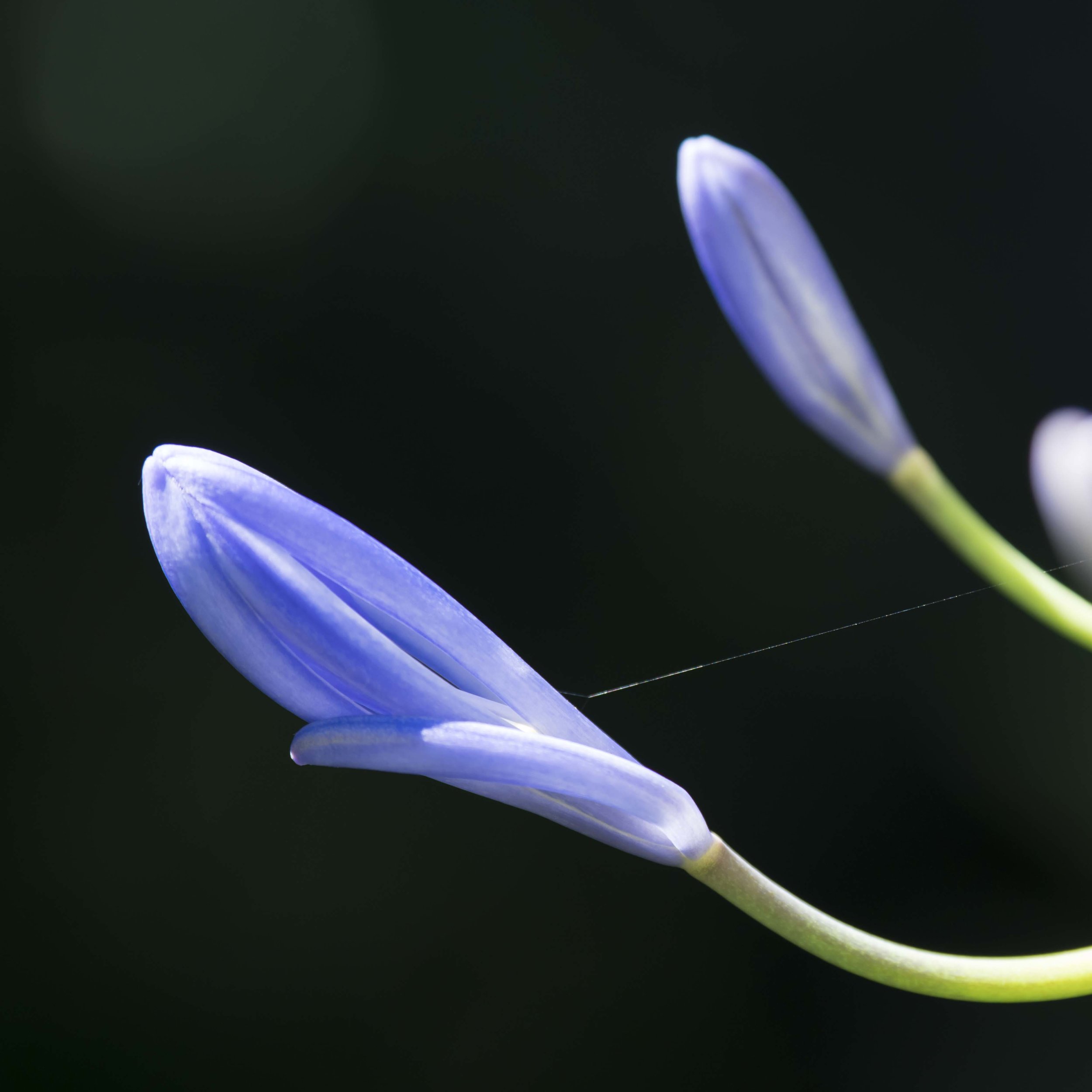
The reduction from 20mp to 15mp is not a big deal as the printable size is effectively identical. A sheet of A3+ paper (13x19 inches), printed “gallery style” as below will still be limited to the short side’s dimensions of approximately 11”x11”. Technically if one dimension is left untouched, the maximum “long edge” print size is the same as not cropping. The image below is from a Canon 550D/17-40L, so it would be approximately 12mp (a 3:2 ratio, 18mp file, cropped square). This has been printed on a 24”x36” canvas with no issue. Love that Canon colour.
Option 2.
Shoot 2-5 square frames at 15mp and print then as sets. This will allow a large overall print size of multiple high resolution (for their individual size) images on one sheet. This will also allow flexible editing as there need be no fixed formula. The true Triptych often uses near-far detail panels, allowing even more flexibility.
Option 3.
Shoot two 4:3 images and create a 2:1 stitched panoramic with a strong over-lap. This will net approximately a 30mp file. This would allow for a cinematic style with moving subjects. If the moving element is shot first and the support frame second (even afterwards), drama can be added. Better for wider angle lens use.
Option 4.
Shoot 2-5 square panels as a non-stitched panoramic. This style appeals, but requires a similar level of accuracy (or more) as the stitched panoramic. This style is predictive of standard or longer focal length use.
Option 5.
Shoot the wide format images in high res mode, limiting them to landscape images only. The res of one image would be roughly 50mp RAW or 35mp in jpeg. High quality jpegs appeal on one hand and they are quite impressive in rendering. The actual benefit would probably be lost in print, except in very big sizes.
The lure of a EM5 mk3 with possible hand held held res capture not withstanding, the high res option is probably overkill and too hard to implement.
Option 6.
Just shoot 4:3 and crop as/if needed to suit the individual image. This no-style style, as I have said before, may lead to a lack of consistency and reliable output. I.e. nothing will get done.
